Okayama is home to the legend of Momotaro “Peach Boy”, the striking Okayama “Crow” Castle, and Korakuen Garden, one of Japan’s three greatest gardens.
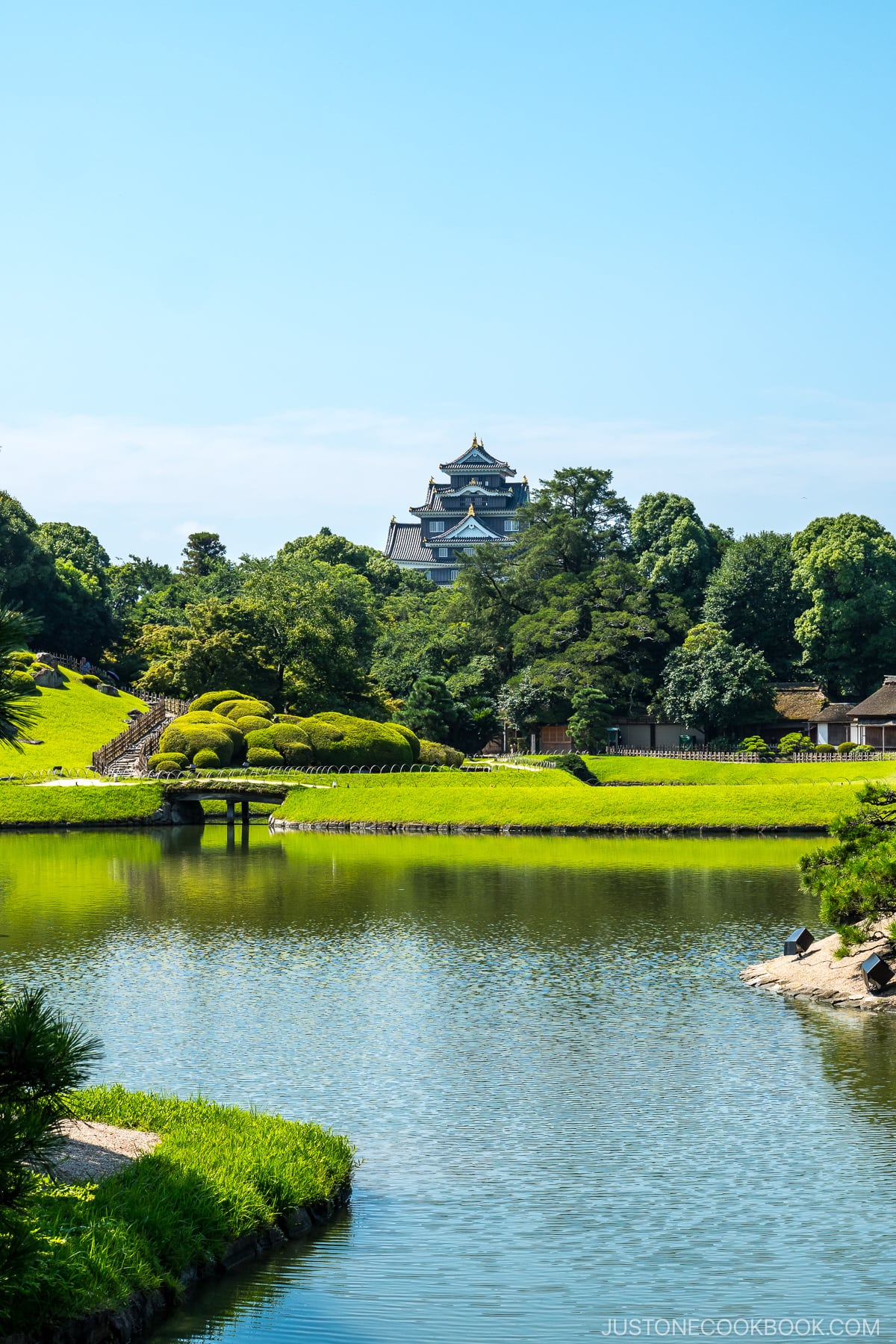
Okayama (岡山) is a coastal city located on Seto Inland Sea facing Shikoku (四国). This less-travelled Japanese city and nearby areas is a hidden gem for a delightful 2-day trip, offering a welcome change from the overcrowded, fast-paced metropolises. Join us as we explore the hometown of Momotaro (the peach boy), discovering popular attractions and savoring local cuisine.
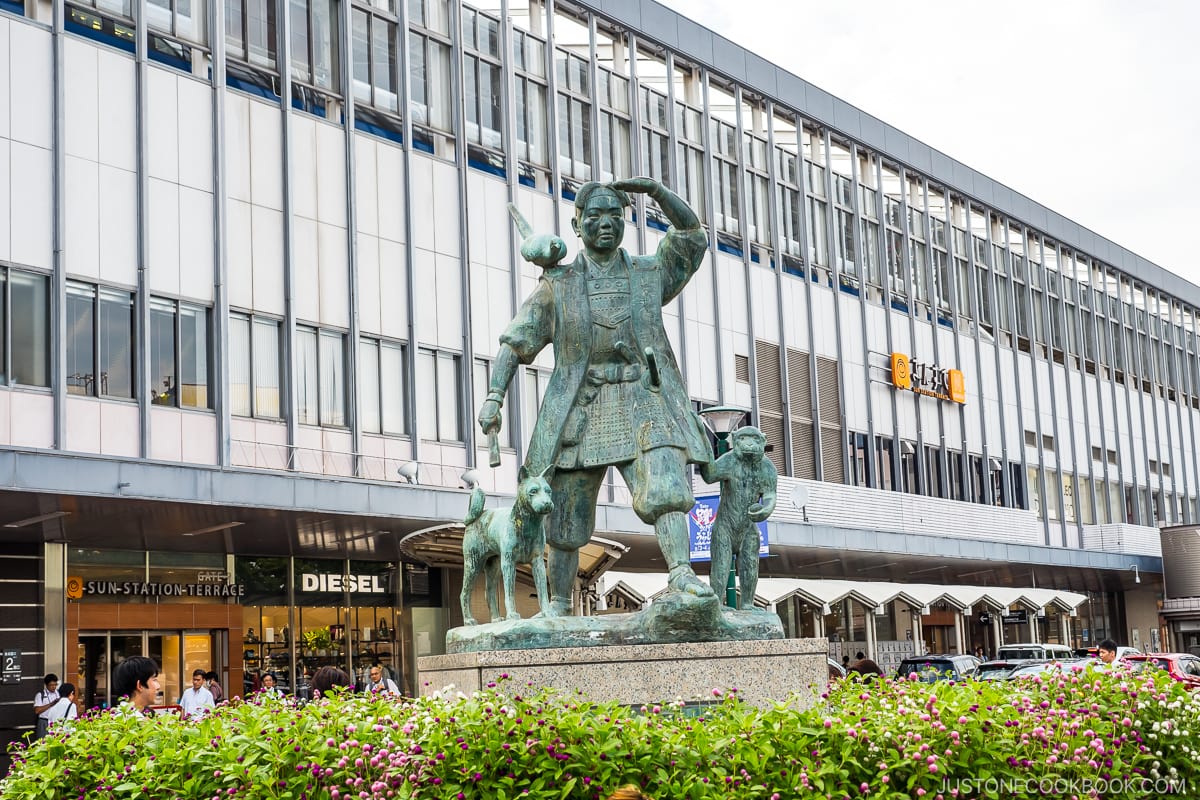
Table of Contents
Where is Okayama City
Okayama is conveniently located halfway between Osaka and Hiroshima on the Seto Inland Sea. It is right on the Sanyo Shinkansen (bullet train) that connects Osaka and Fukuoka, which provides easy access with approximately a one-hour journey from both Osaka and Hiroshima. From Tokyo, the Shinkansen ride takes approximately three and a half hours.
This capital city of Okayama Prefecture is famous for its breathtaking scenery, rich culture and delicious foods. It is often called the land of sunshine as it gets more sunny days than most places in Japan. The most notable attractions include the Okayama Castle and Korakuen, the iconic landscape garden.
Okayama Station
We love it when you can easily explore a city without a car and Okayama certainly lives up to that! With a centrally located Okayama Station, you can either walk or take the public transport to most of the attractions. For example, it takes a short 20 min walk to the Okayama Castle and Korakuen Garden or a 12-15 minute journey by bus or trams (streetcars). With all the walking around town, you get a better sense of the city and earn yourself some yummy street snacks along the way!
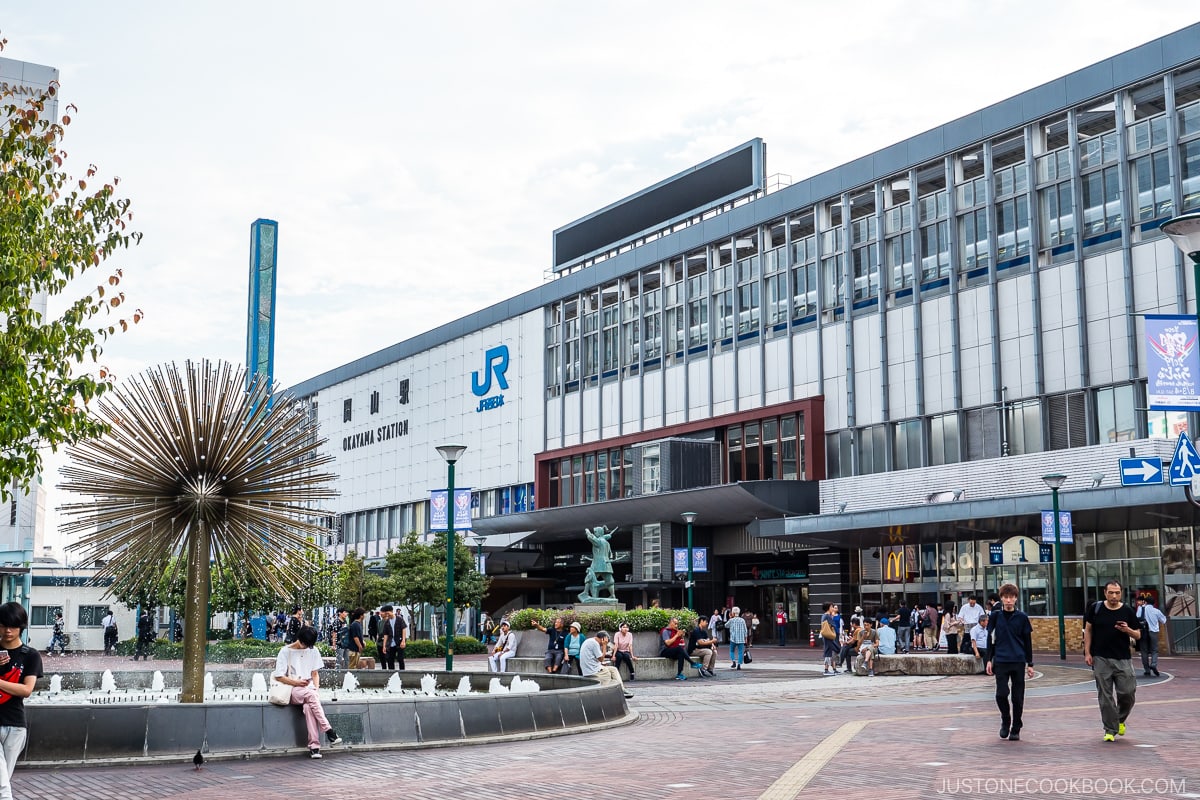
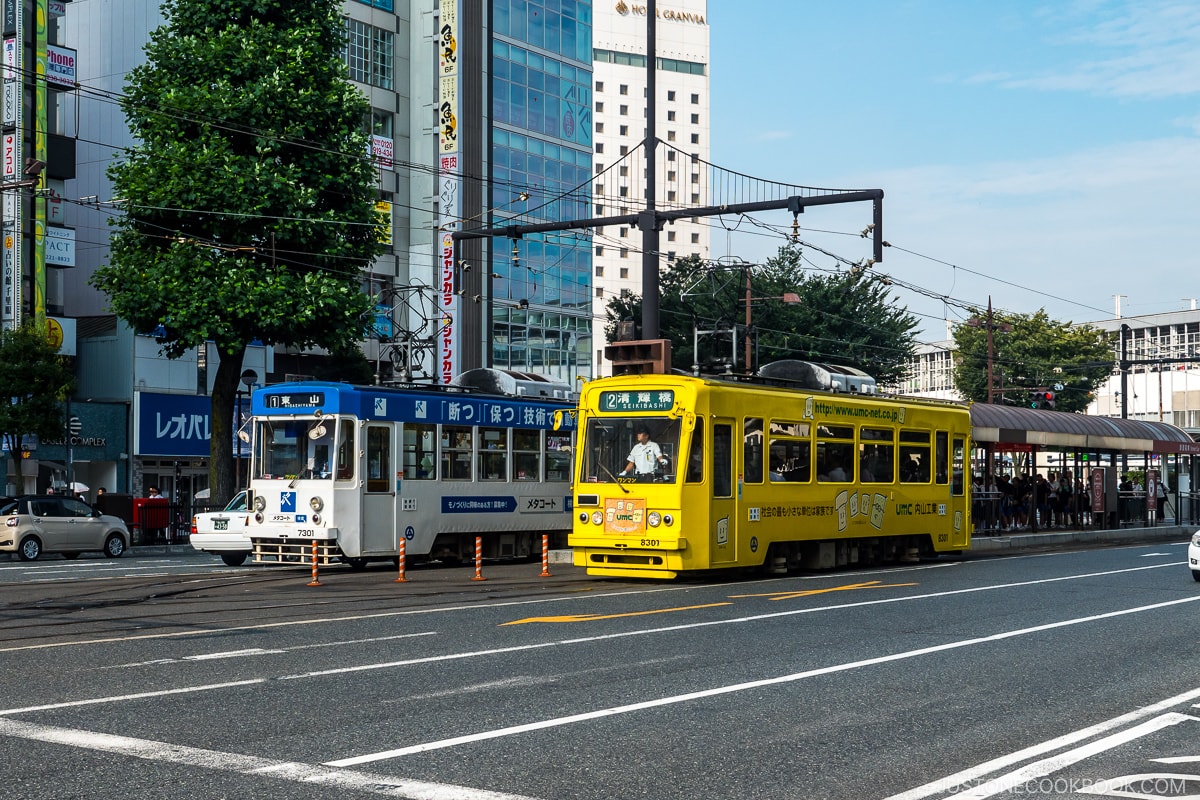
Okayama Castle and Ujo Park
Originally built in 1597, Okayama Castle is renowned for its striking black lacquer appearance, earning it the nickname “Ujo” or “Crow Castle.”
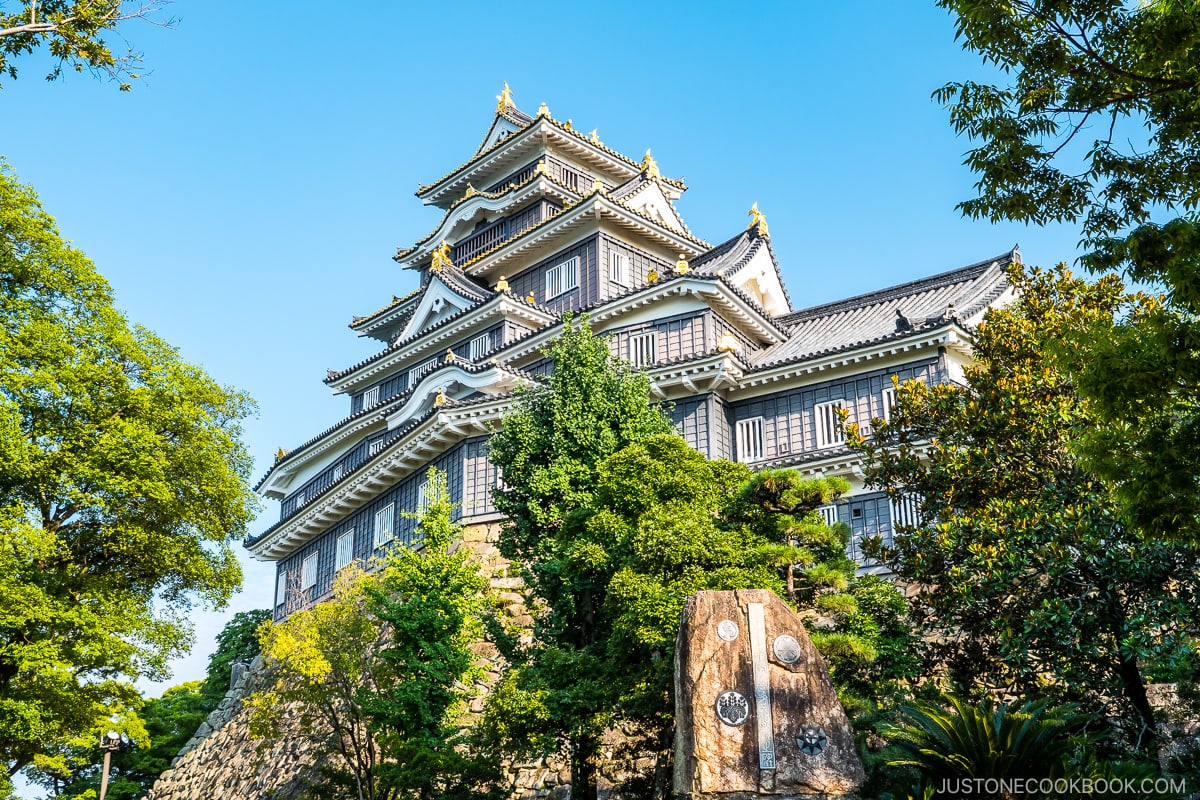
The original Japanese castle was burnt down in 1945 during World War II and the reconstruction was completed in 1966. The exterior and the surrounding gates that lead up to the castle tower are now a replica. The only original remaining structure is the Tsuki Yagara (moon-viewing turret) built in 1620.
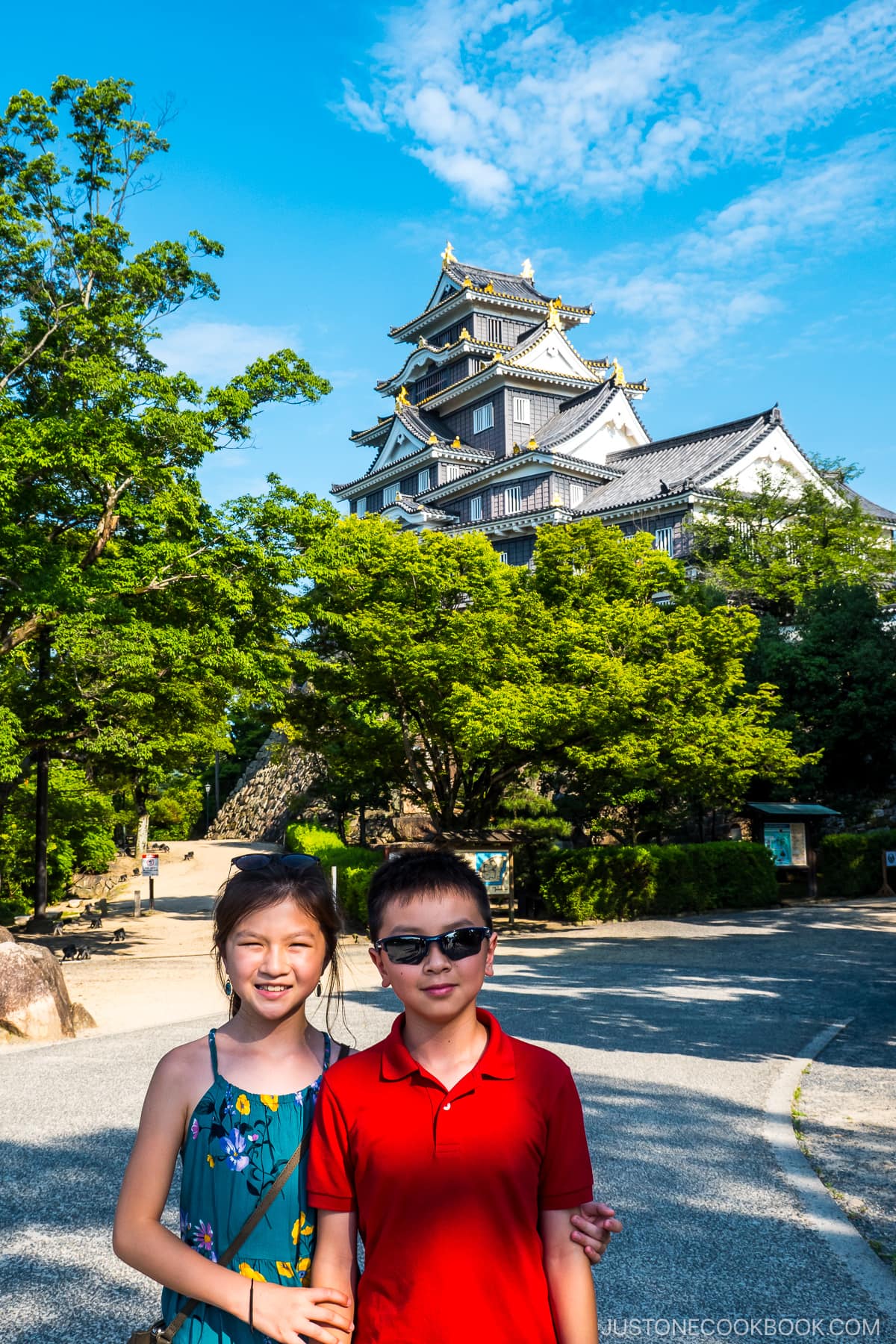
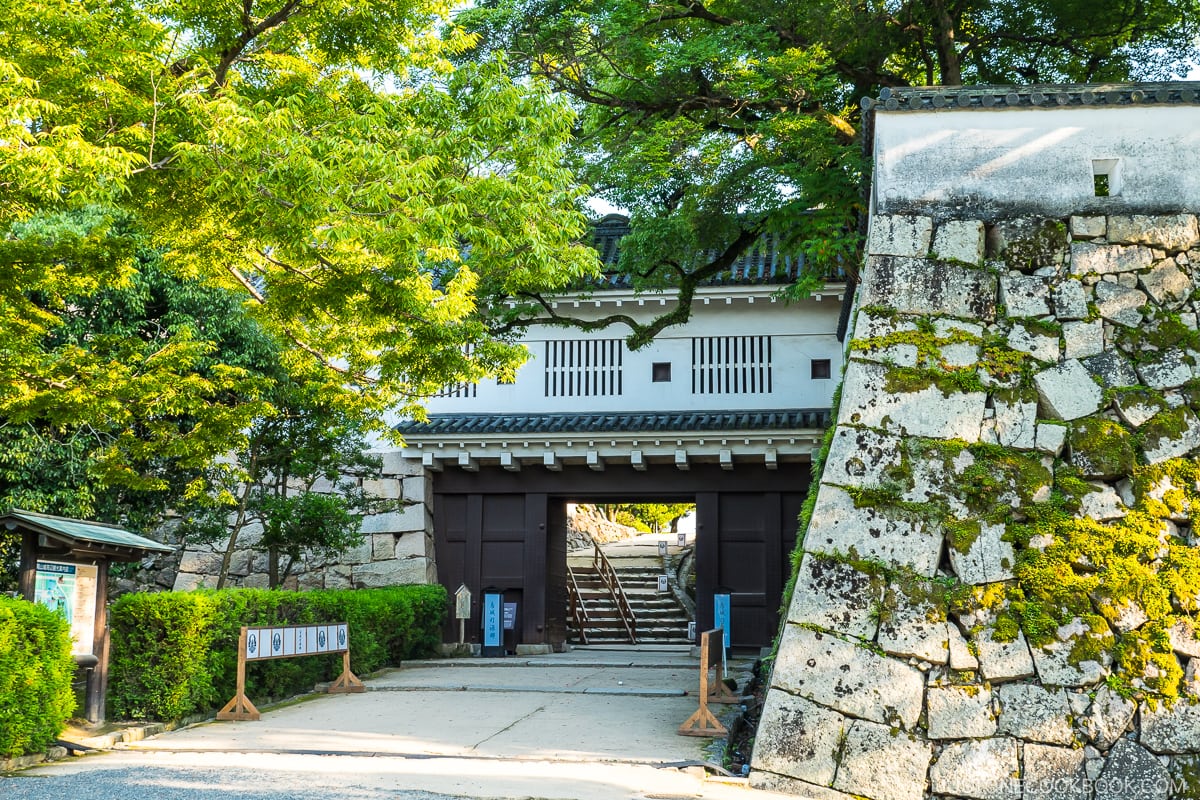
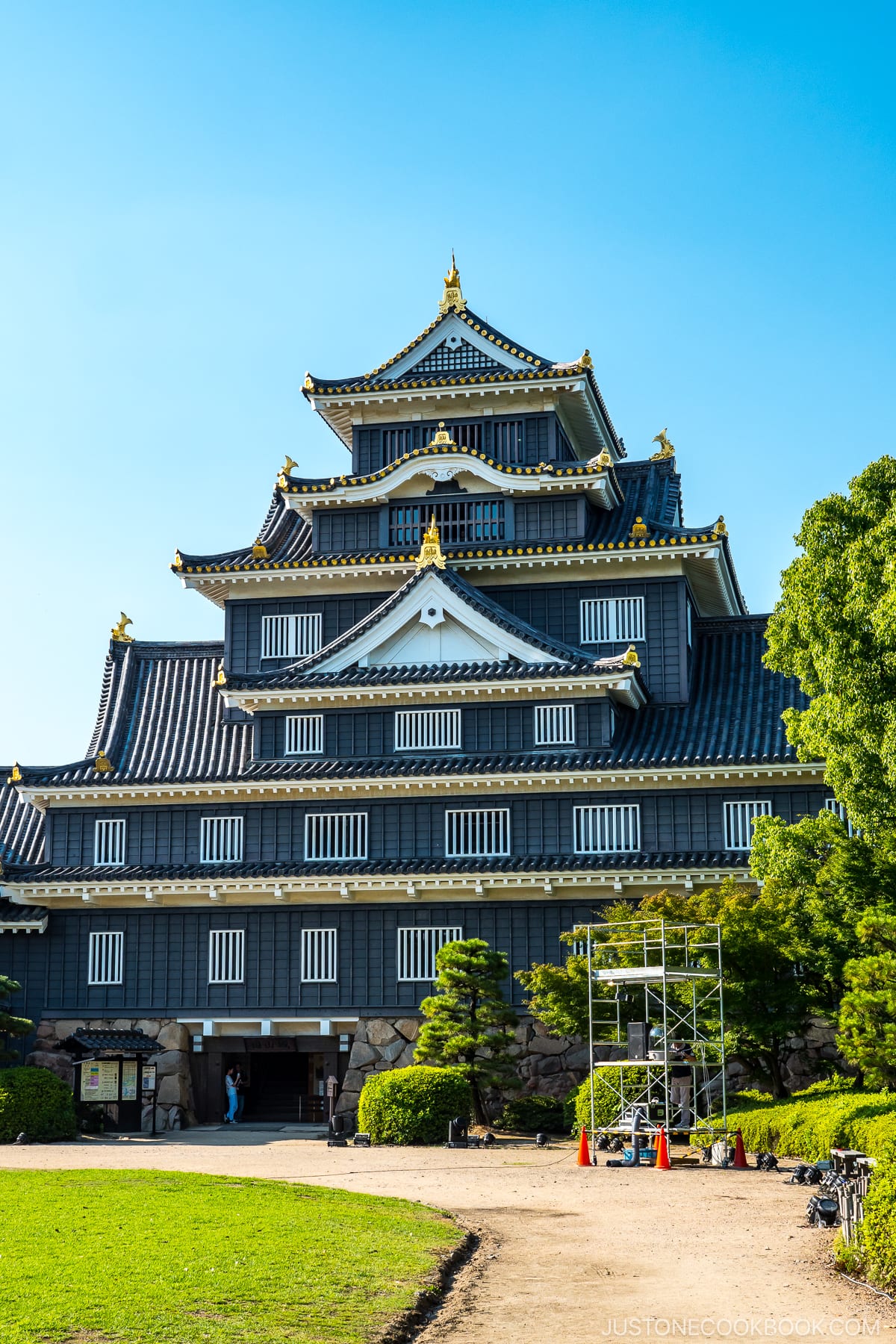
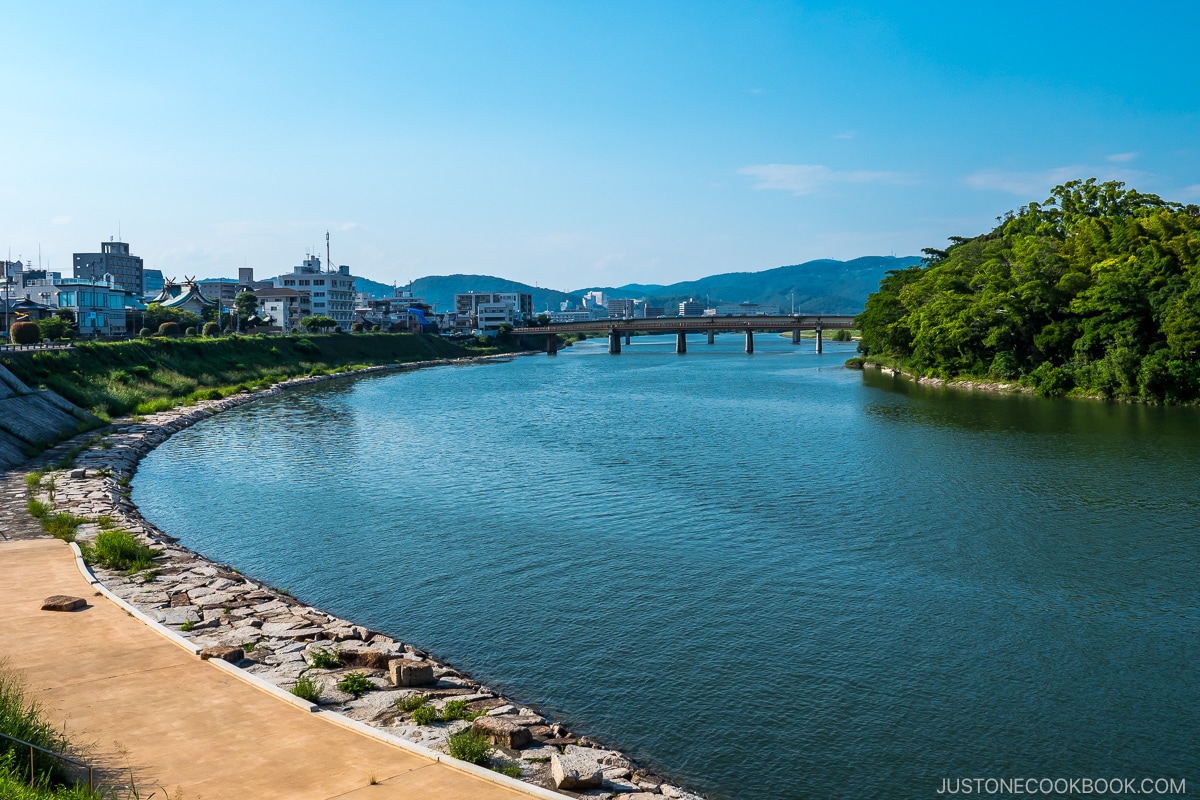
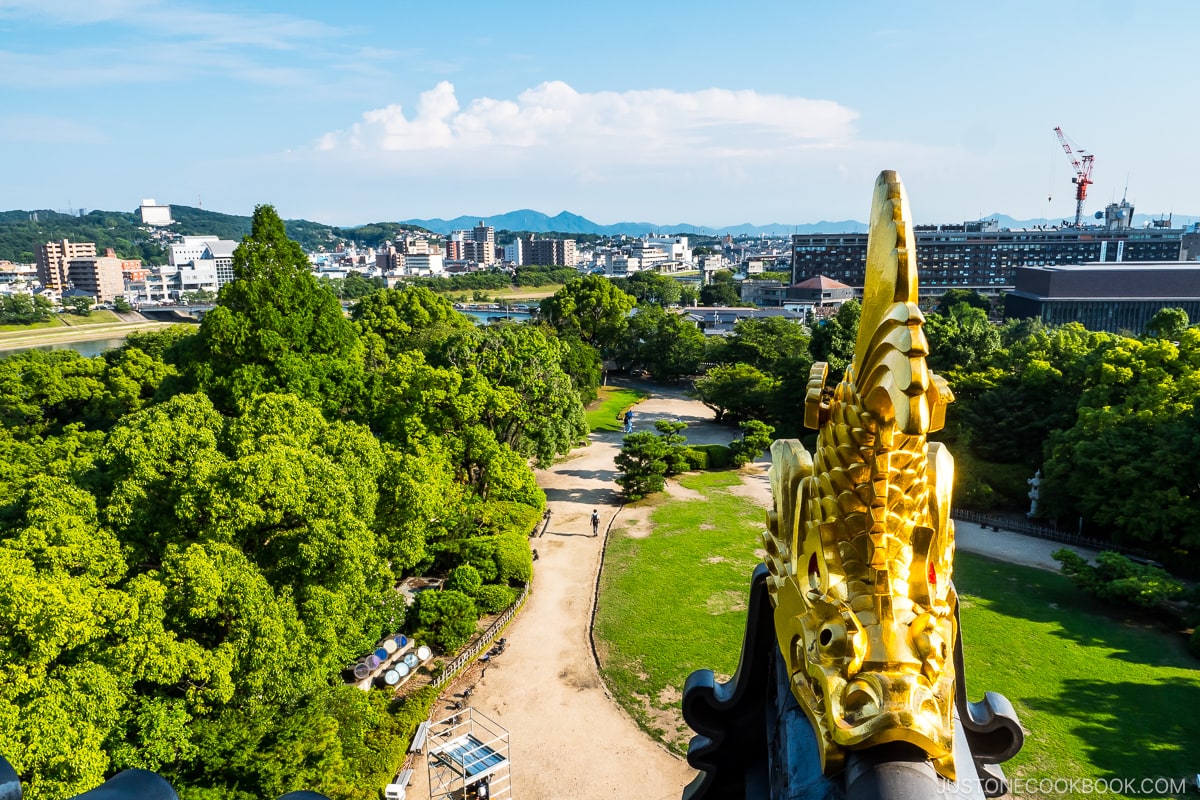
Inside, visitors can explore exhibits showcasing the castle’s history and the 14 lords who resided there. The castle tower offers panoramic views of the surrounding area and Ujo Park.

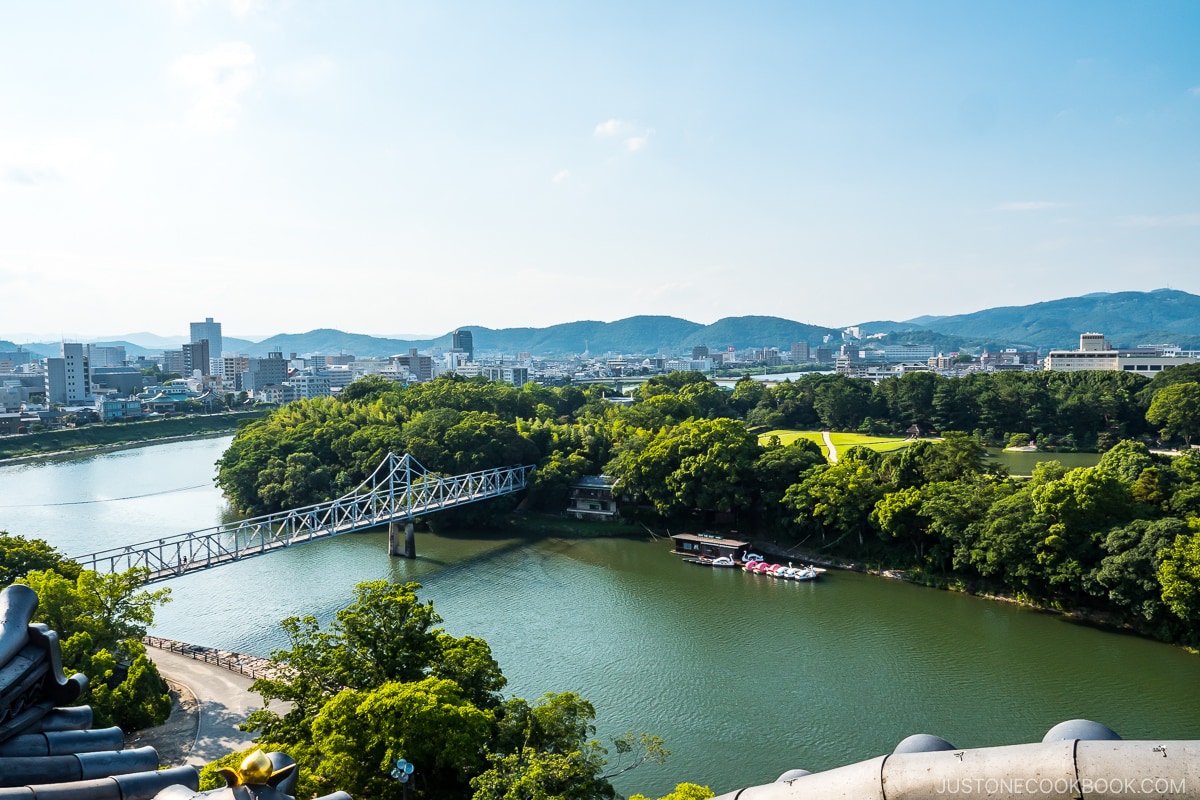
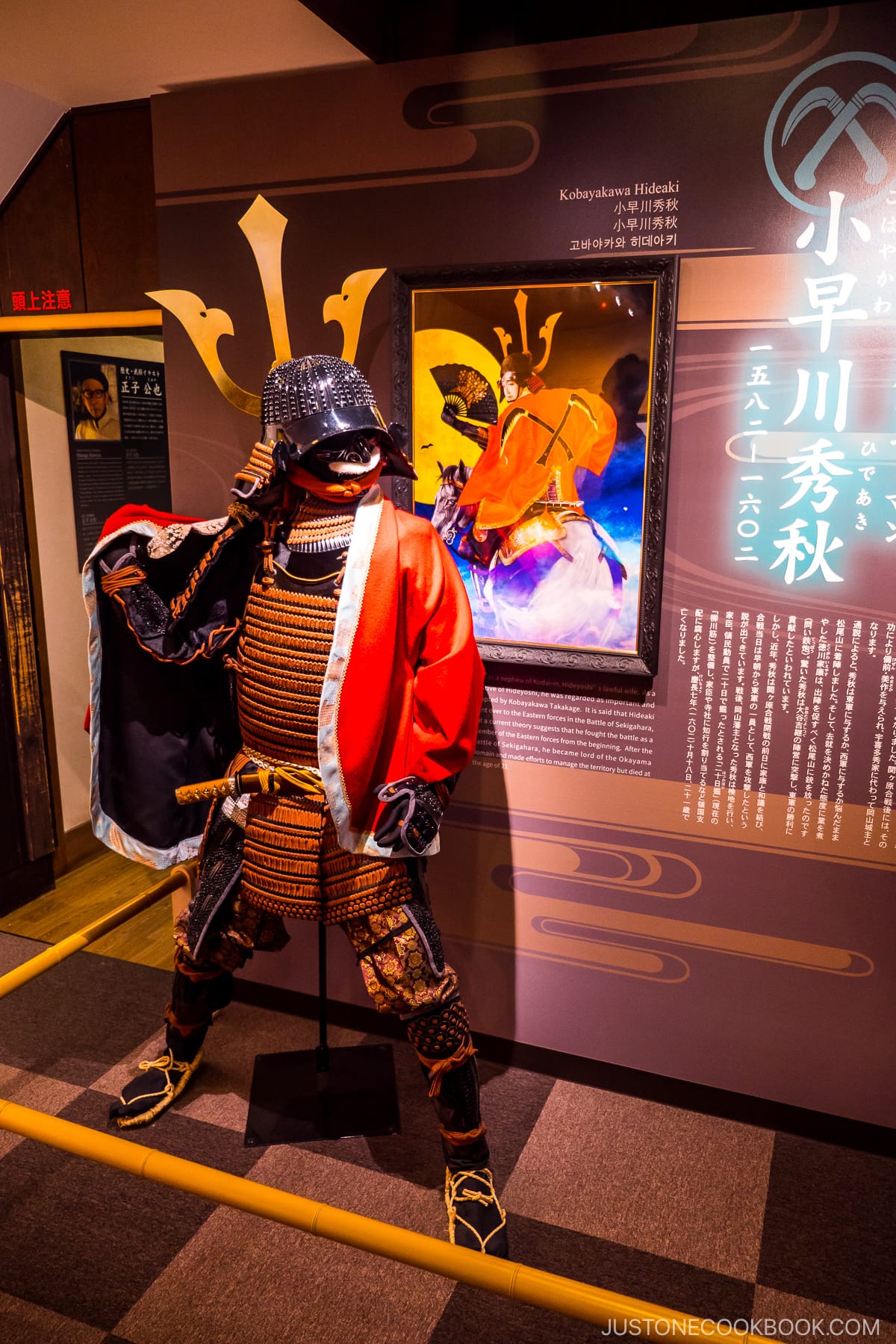
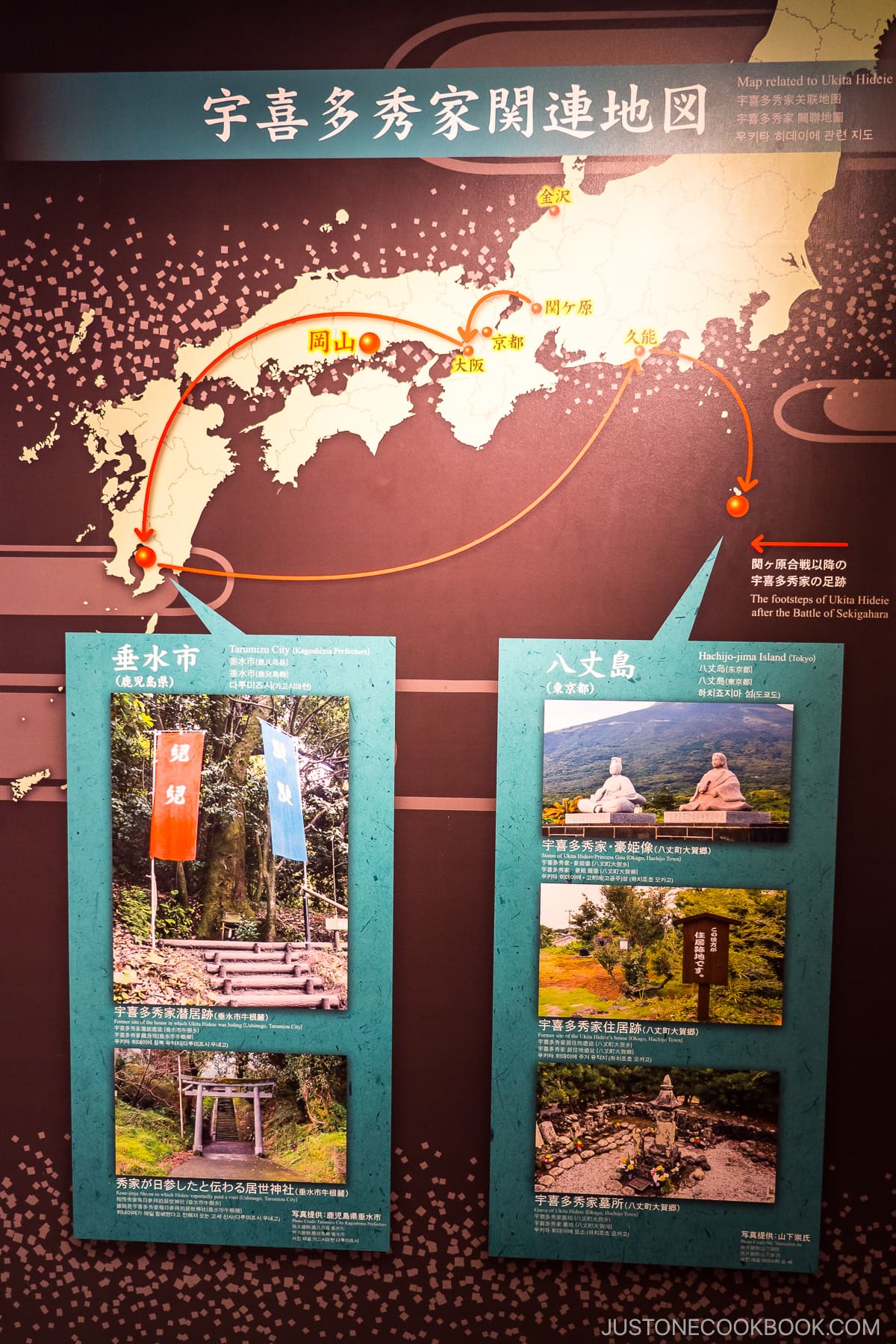
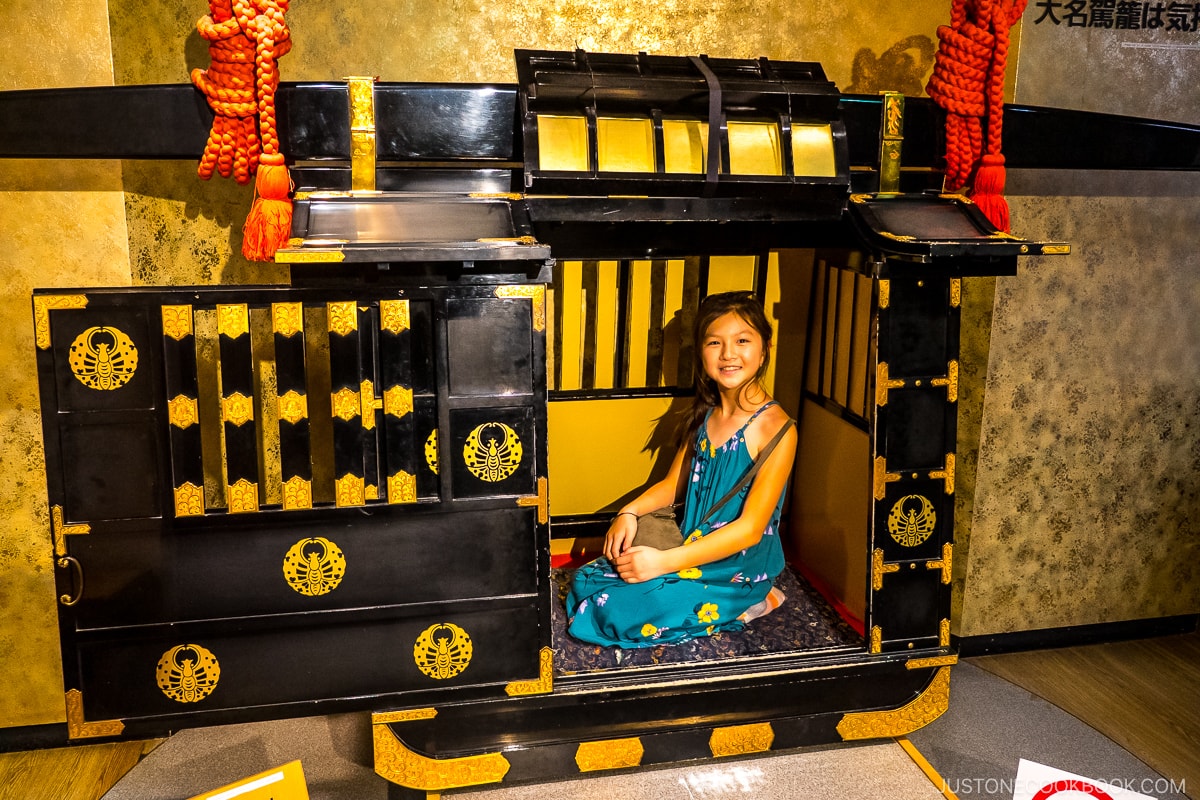
Tsukimi Bridge
From the castle, head over to the picturesque Tsukimi Bridge, a pedestrian-only bridge that crosses the Asahi River. The ticket booth at the Korakuen’s south gate is just past the bridge.
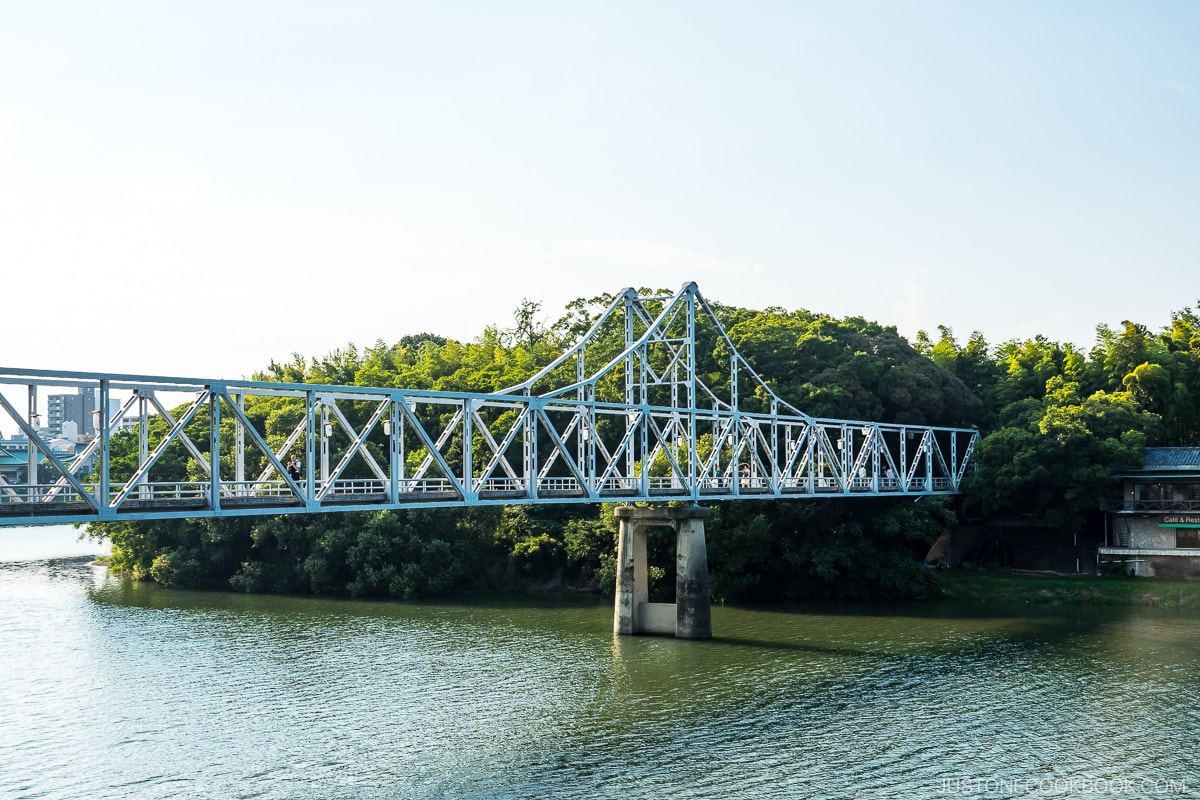
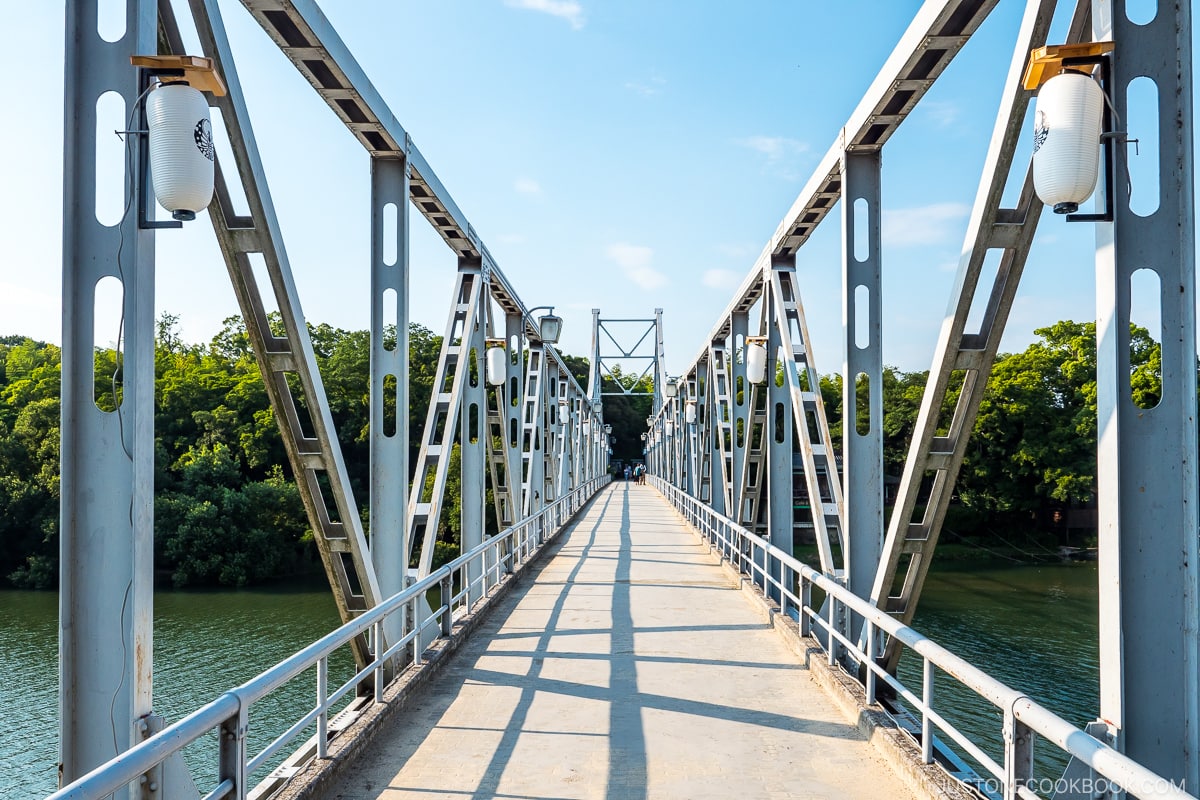
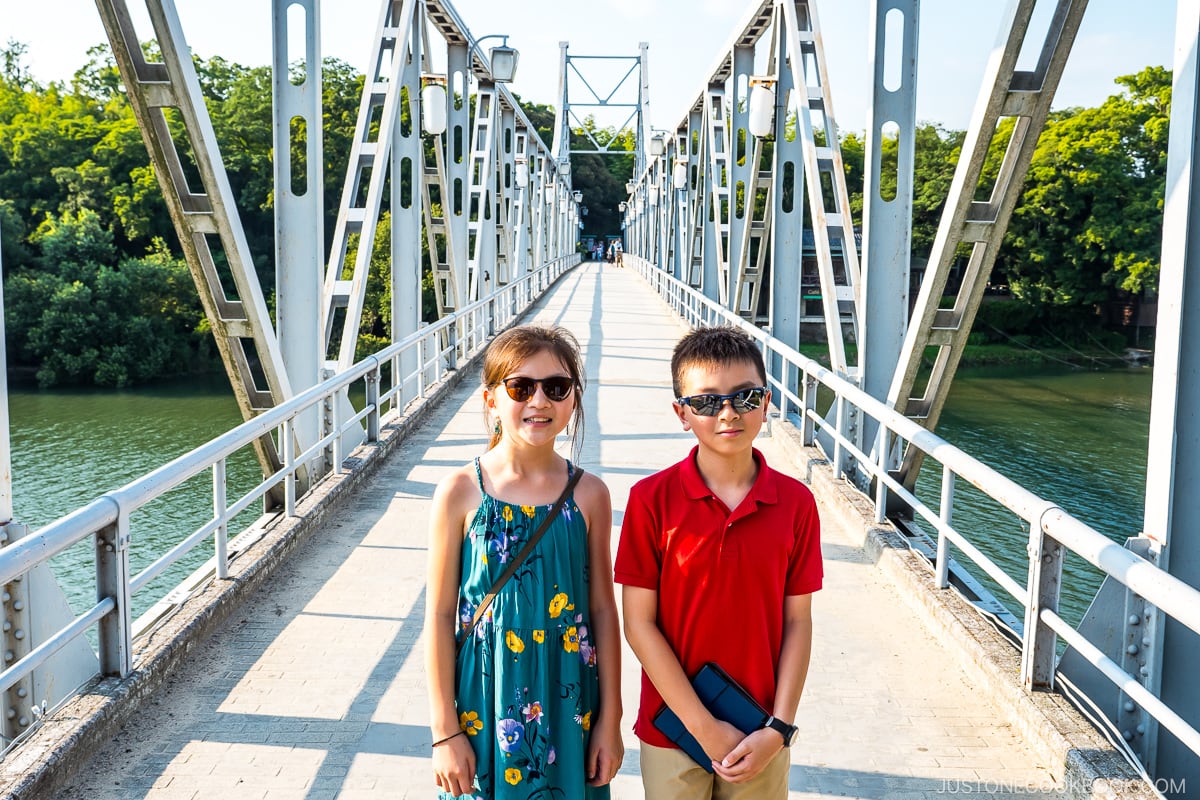
Okayama Korakuen Garden 後楽園
A must-visit in Okayama is Korakuen Garden, one of Japan’s three famous gardens along with Kenrokuen (Kanazawa) and Kairakuen (Mito). This exquisite garden was completed in 1700 during the Edo Period and was initially intended for the private use of the Ikeda family, who resided in Okayama Castle.
Over time, various trees, including cherry, maple, and pine, were planted, and an artificial hill called Yuishinzan was added. In 1884, the garden was transferred to Okayama Prefecture and opened to the public.
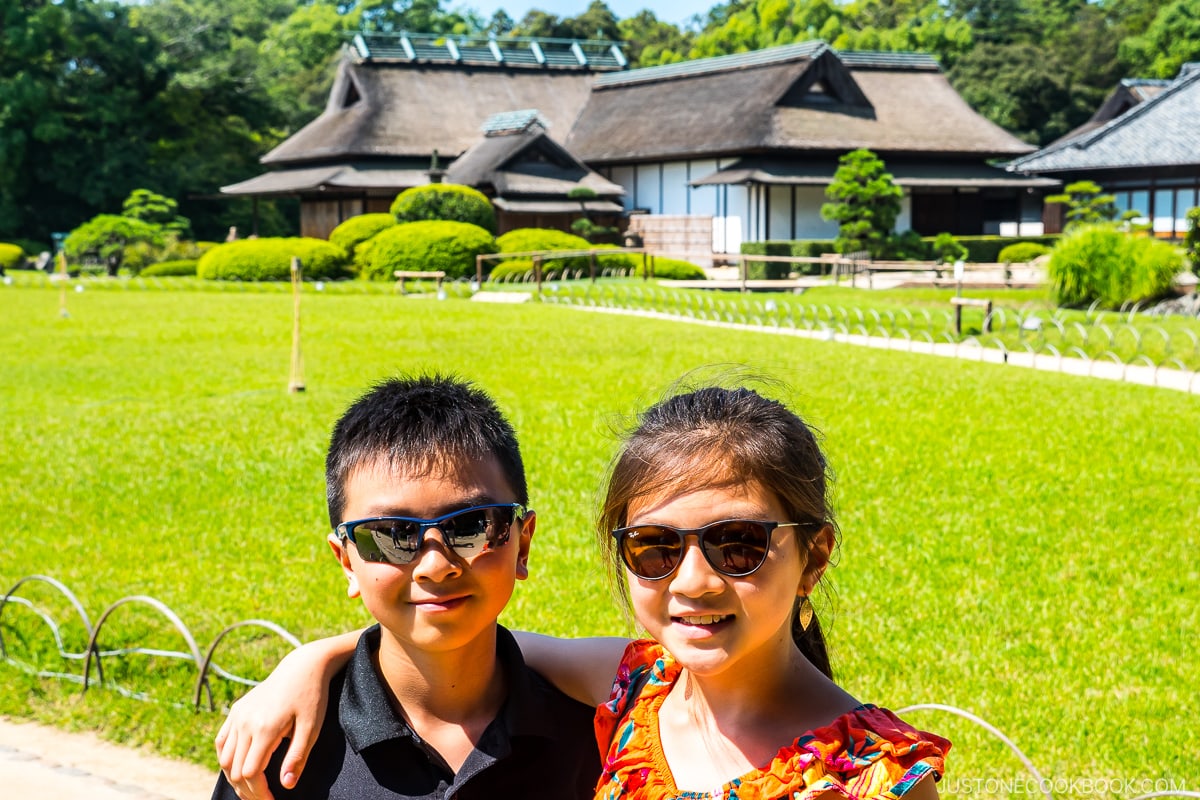
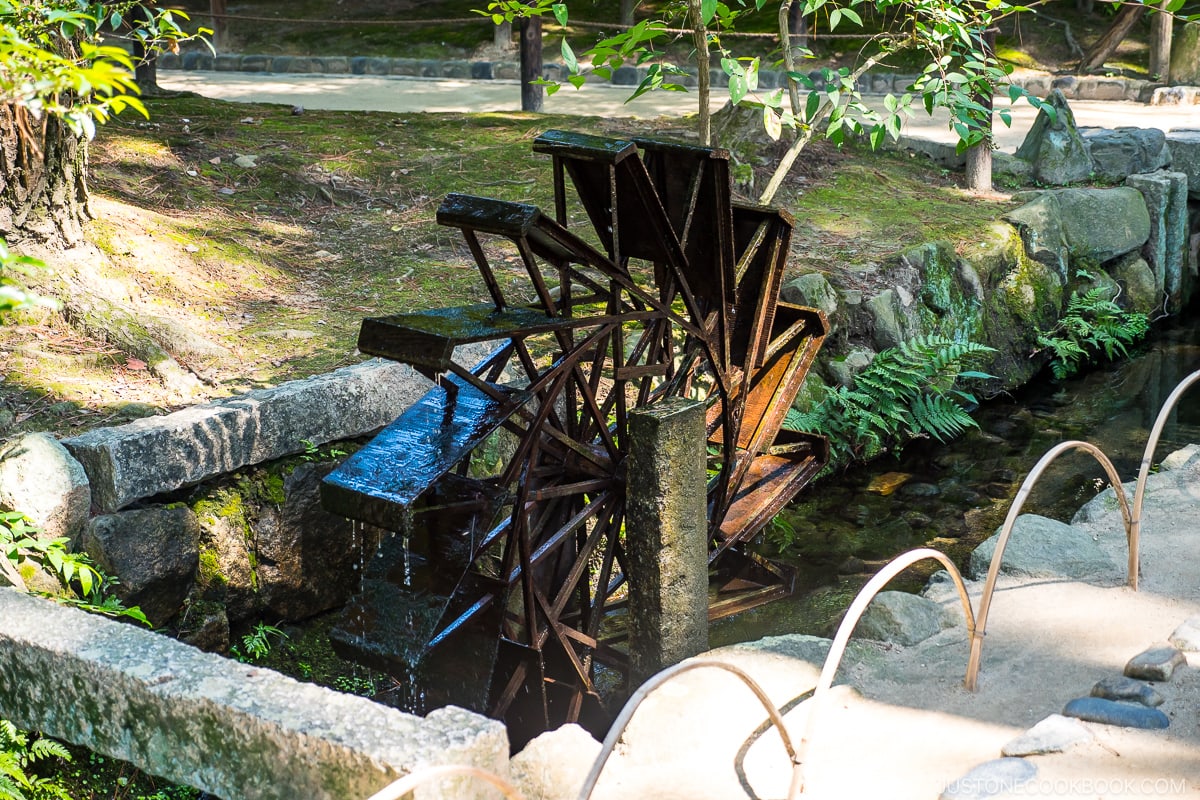
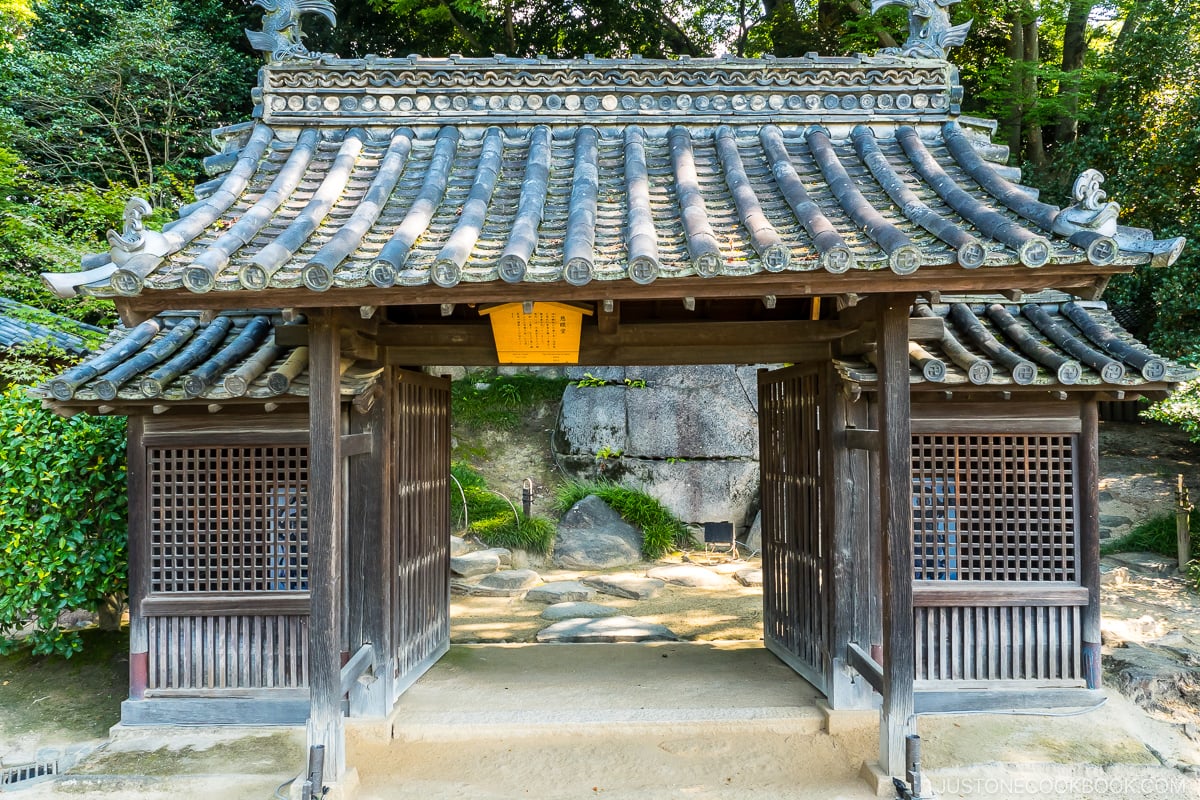
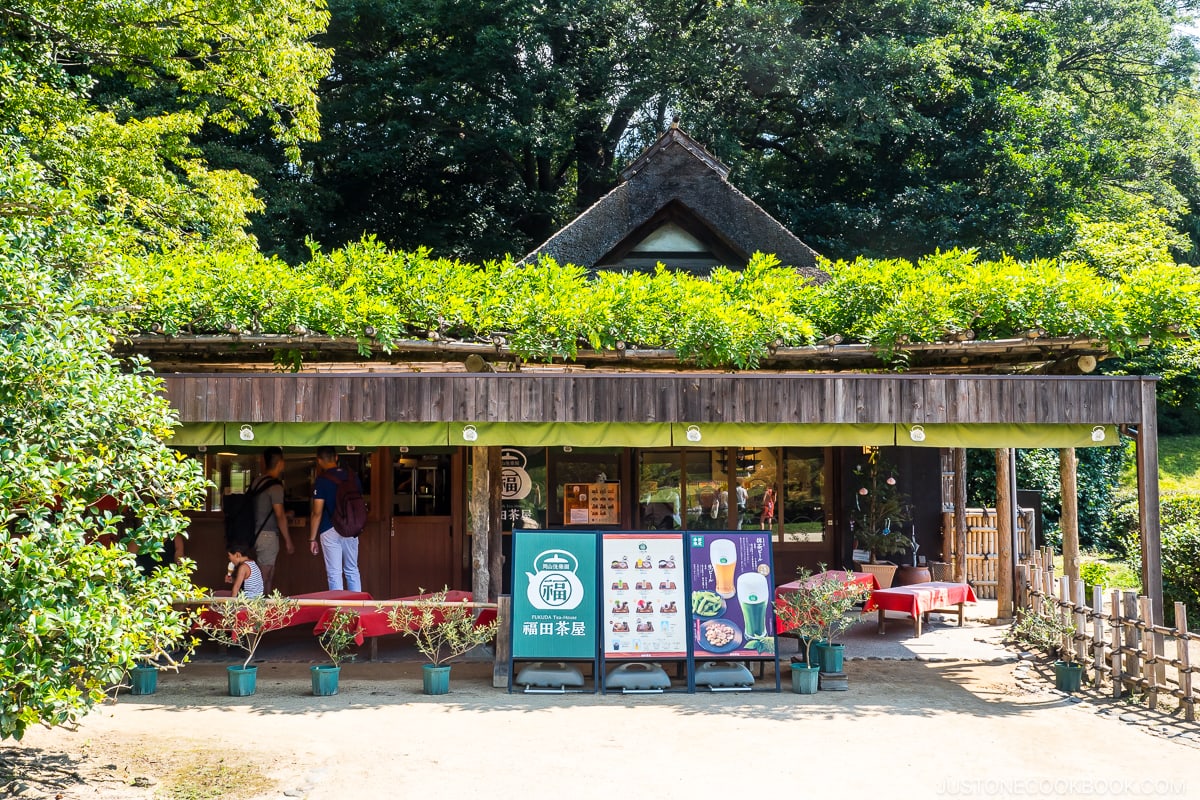
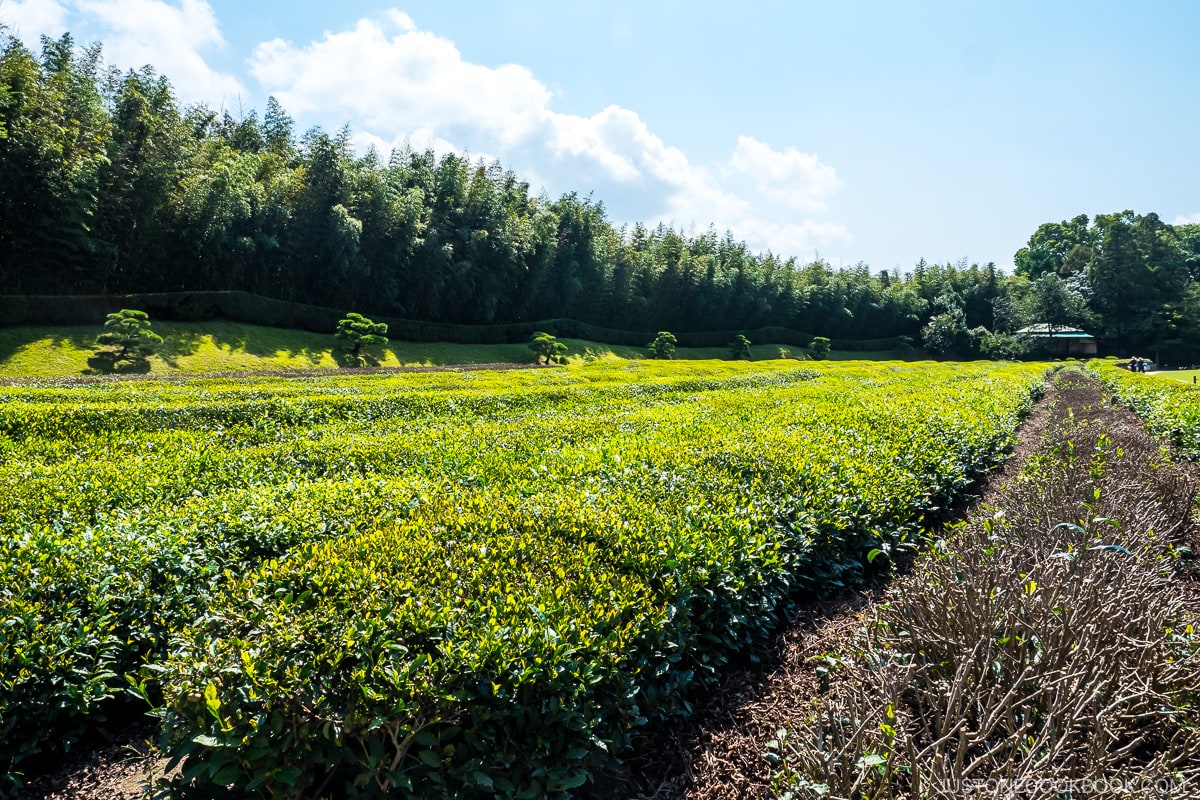
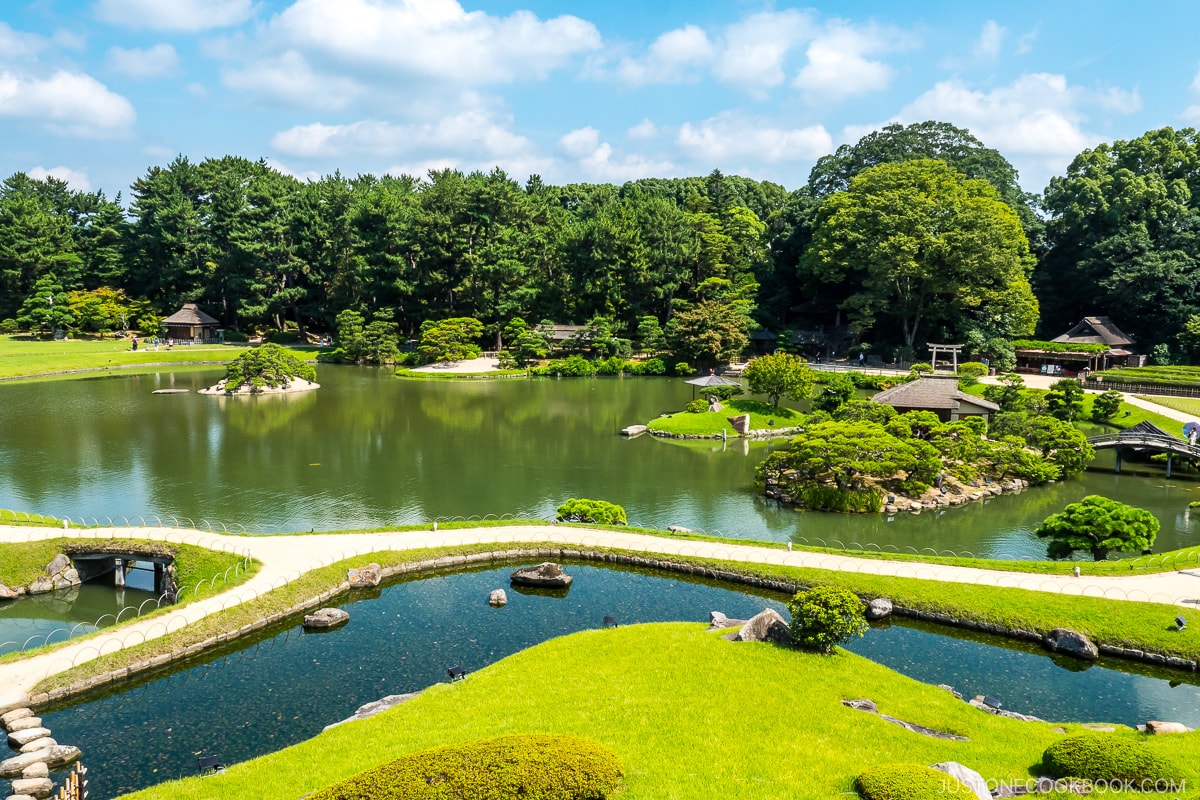
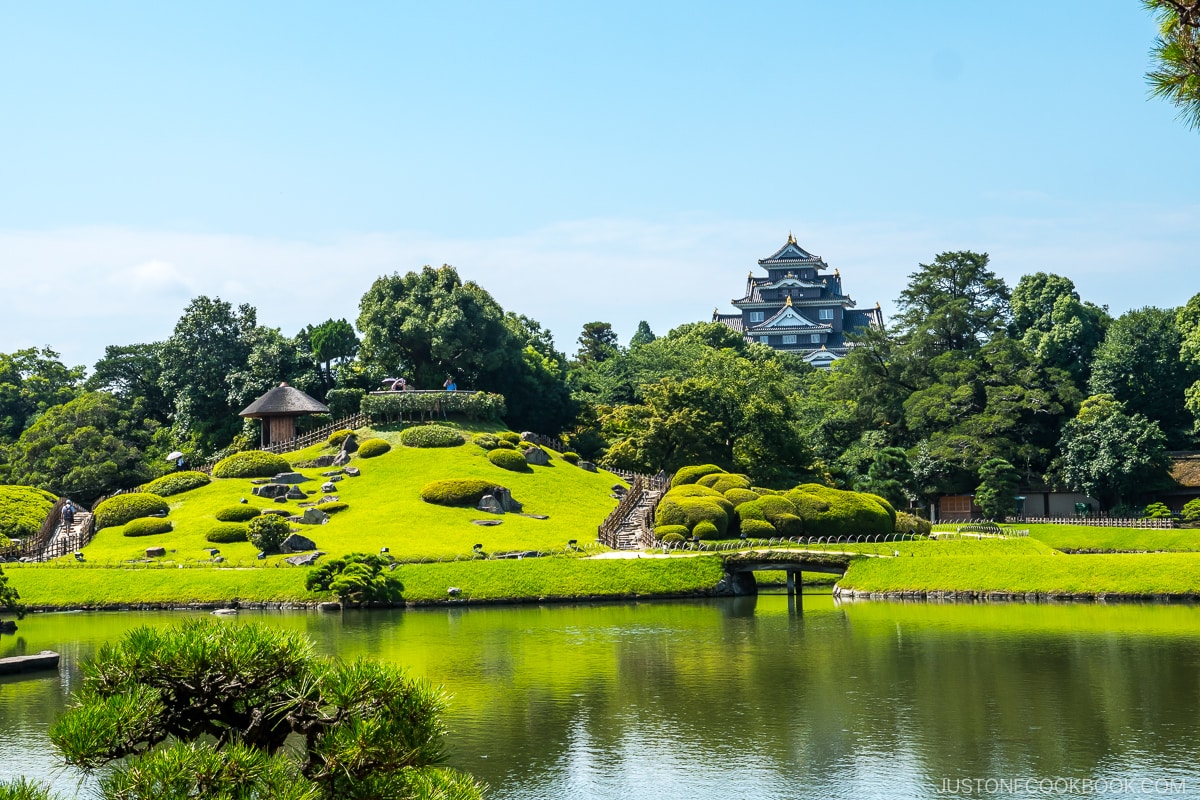
Prepare to be captivated by its vast landscapes, meticulously maintained teahouses and breathtaking views from Yuishinzan Hill. Each season brings its own distinct charm, with cherry blossoms and autumn foliage being particularly enchanting.
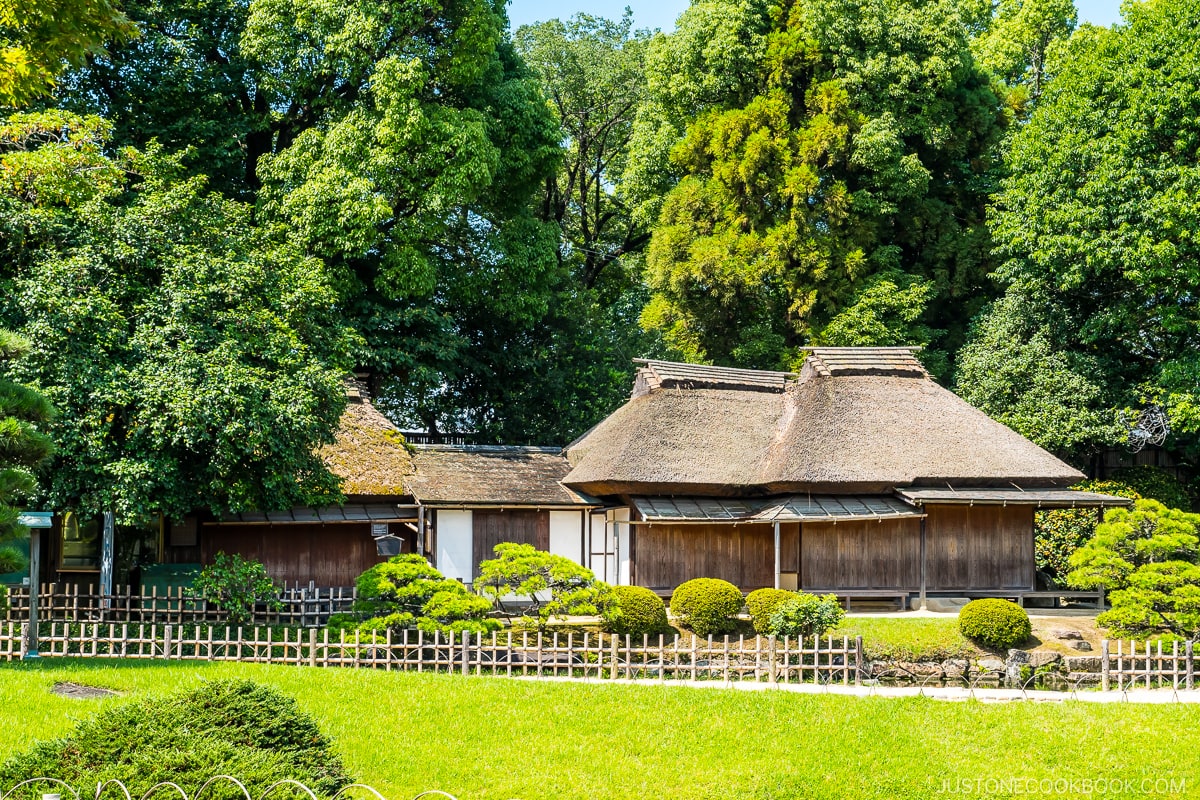
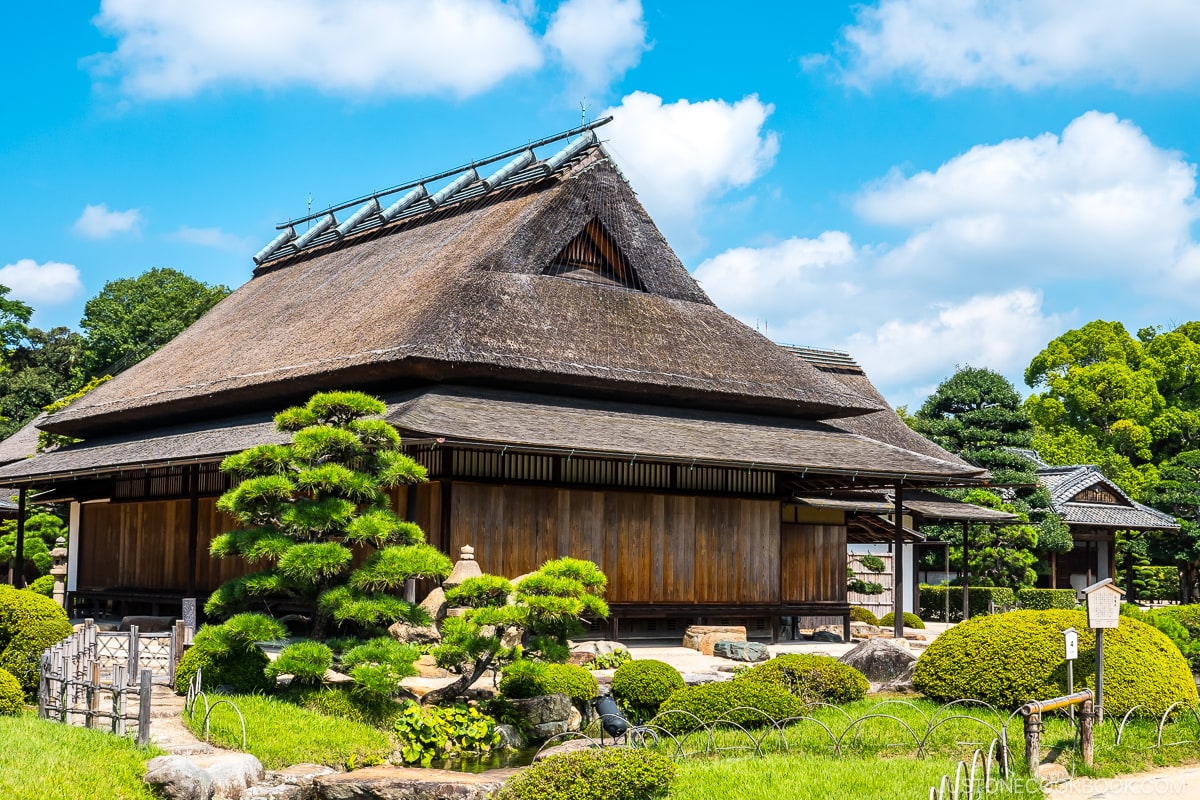
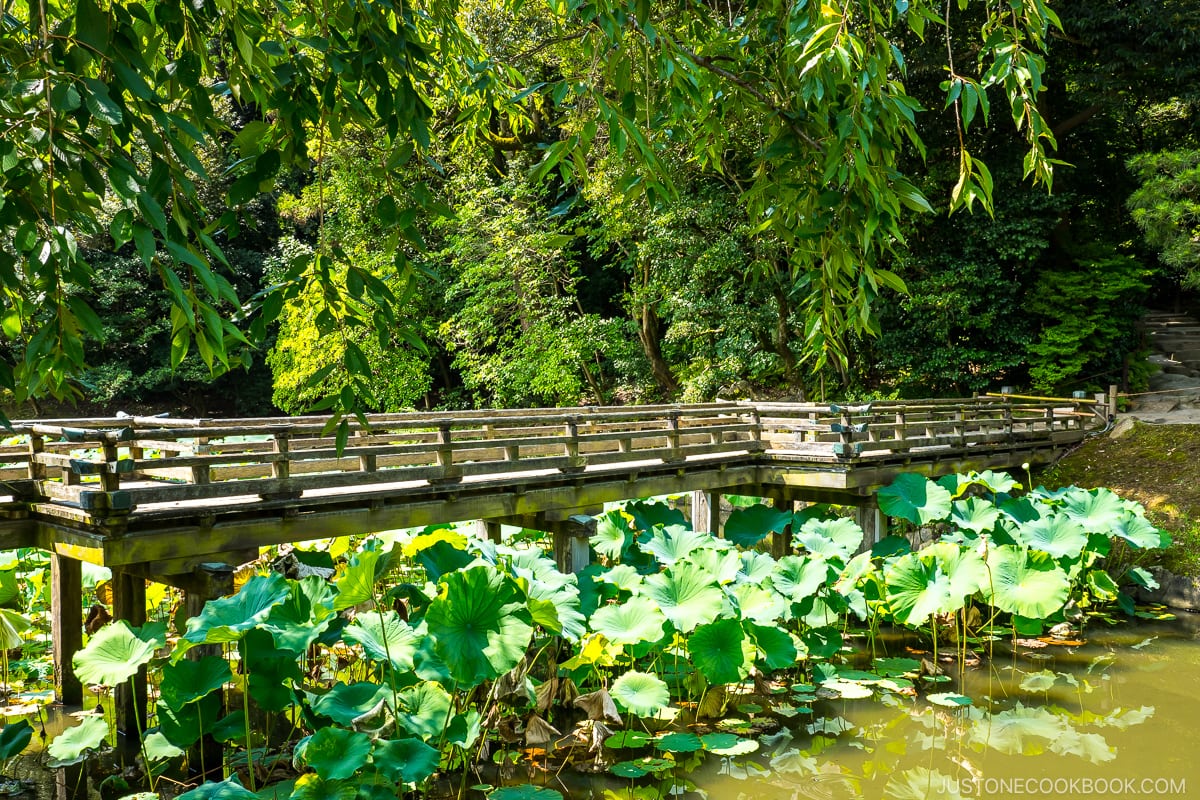
Okayama Shopping and Dining
After immersing yourself in the castle and garden, head back to Okayama Station area for some shopping and dining. You’ll find a plethora of options, including the expansive Aeon Mall, one of the largest in Western Japan, boasting over 350 shops. For more traditional goods, explore Ekimae Shopping Street.
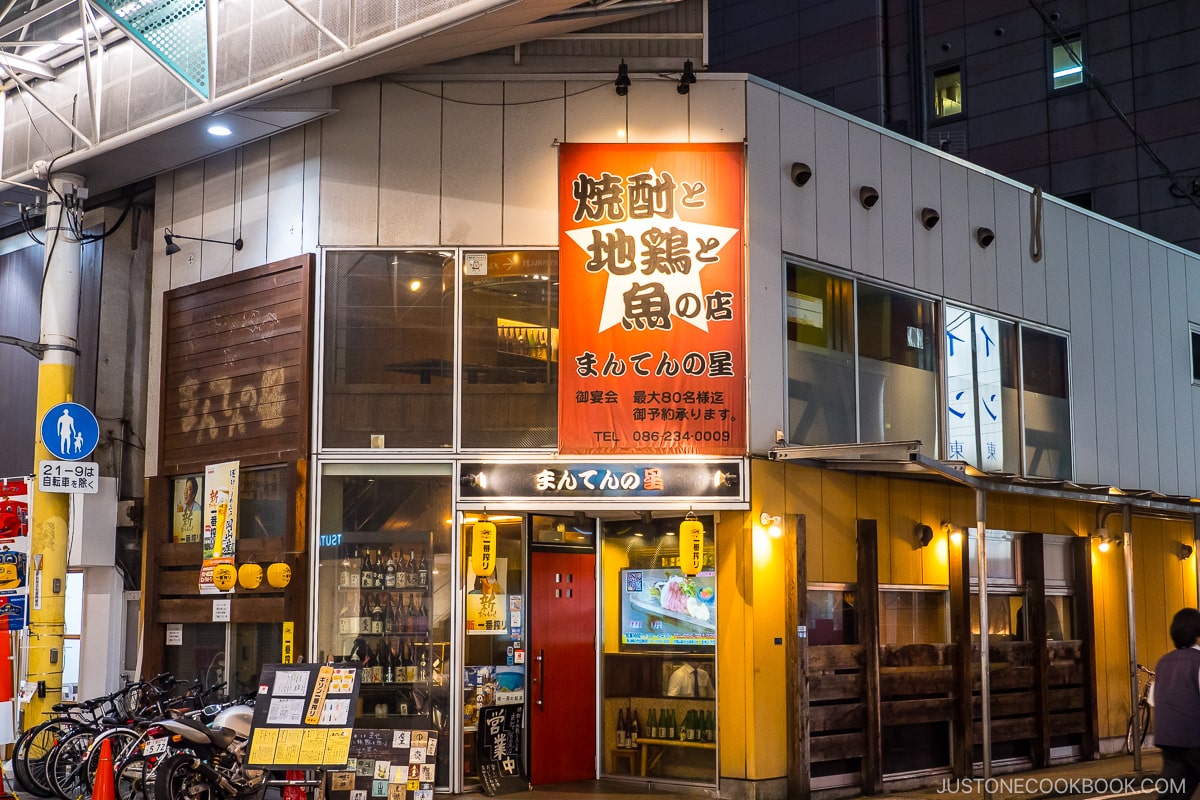
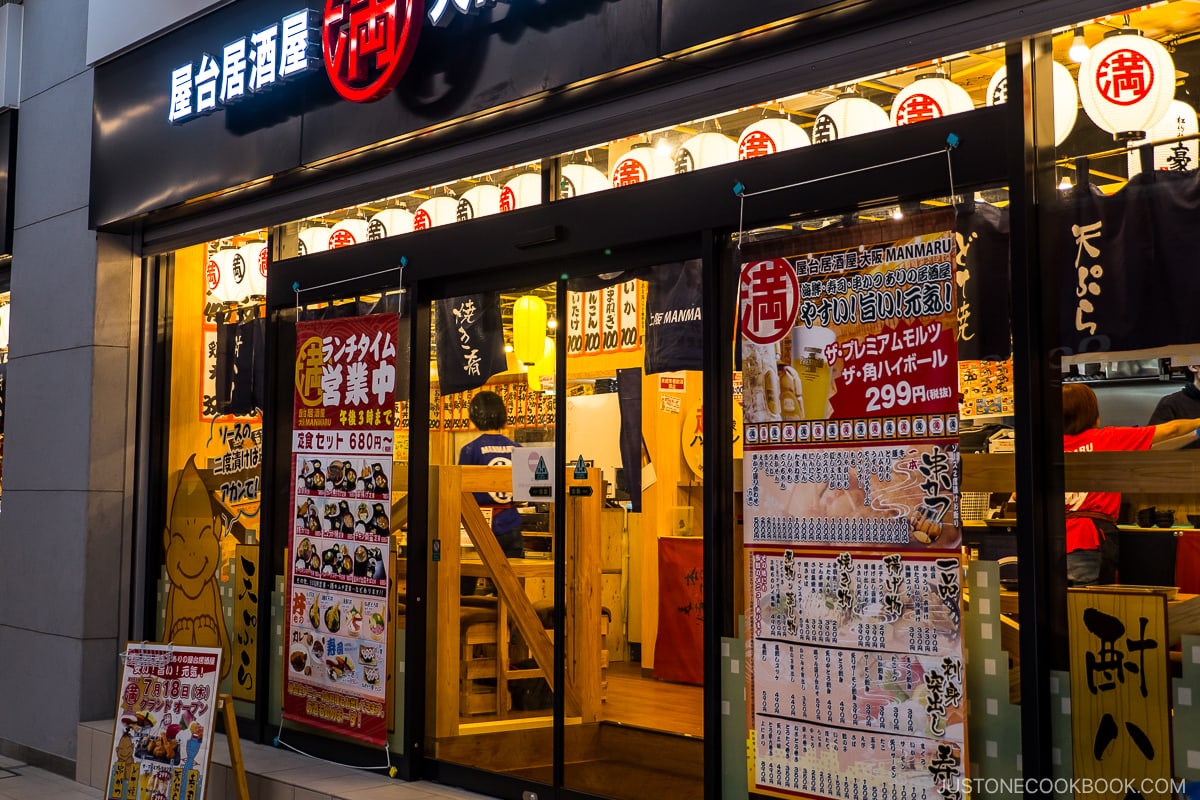
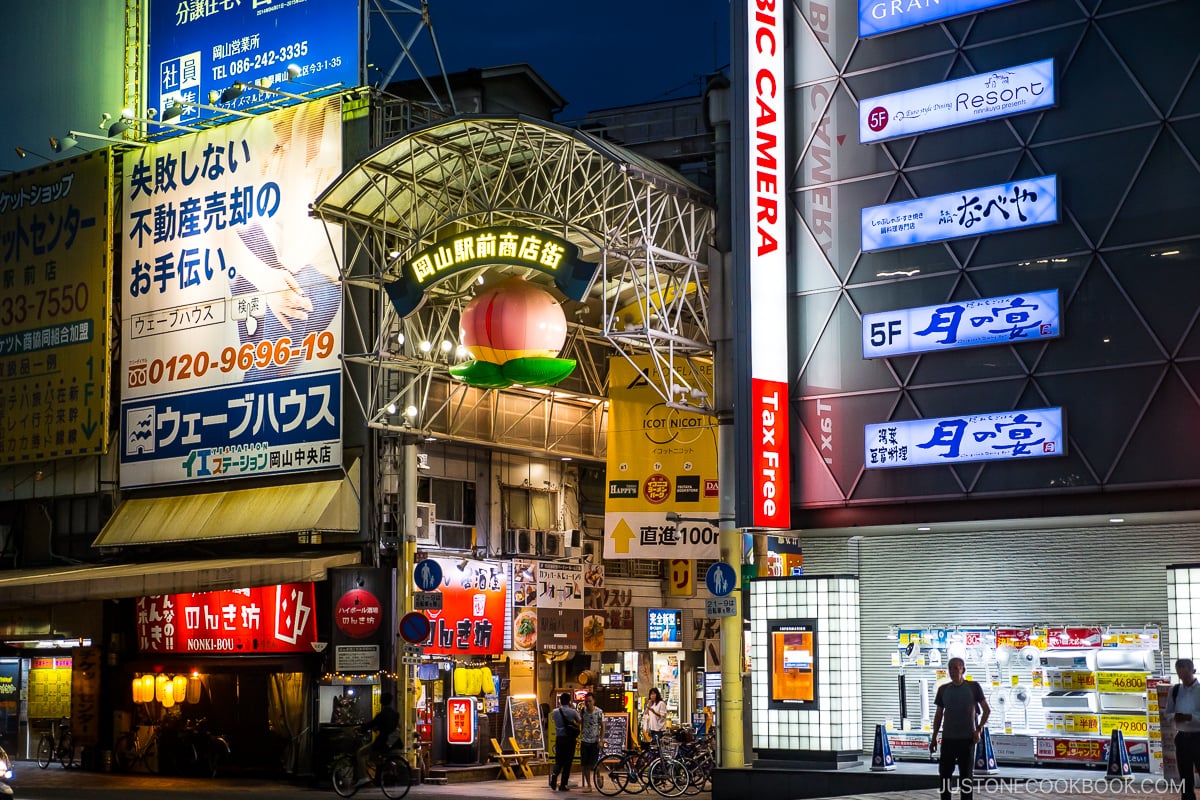
Famous Foods in Okayama
Okayama boasts a variety of renowned delicacies, among which the most famous are kibidango (millet dumplings), white peaches, and kakioko (oyster okonomiyaki). Kibidango was the food Momotaro used to befriend a talking dog, monkey, and pheasant on his way to defeat the demons. Make sure you try them during your visit.
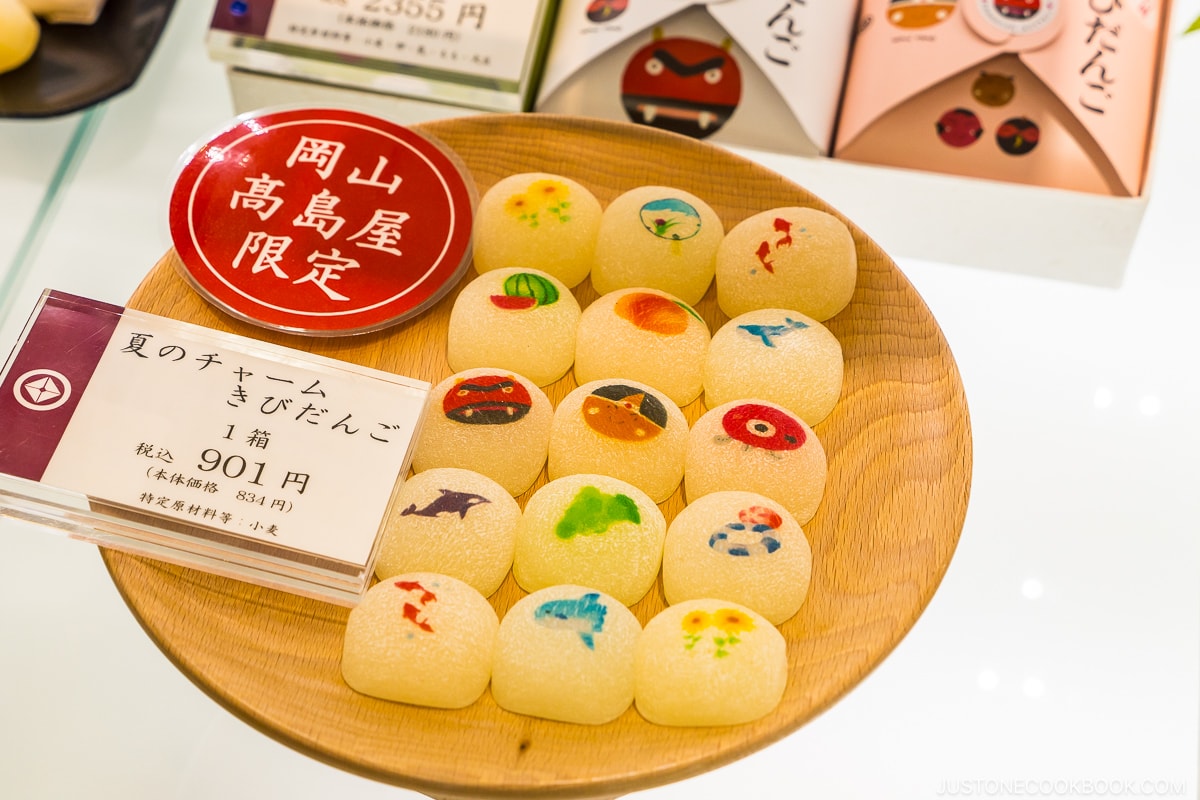
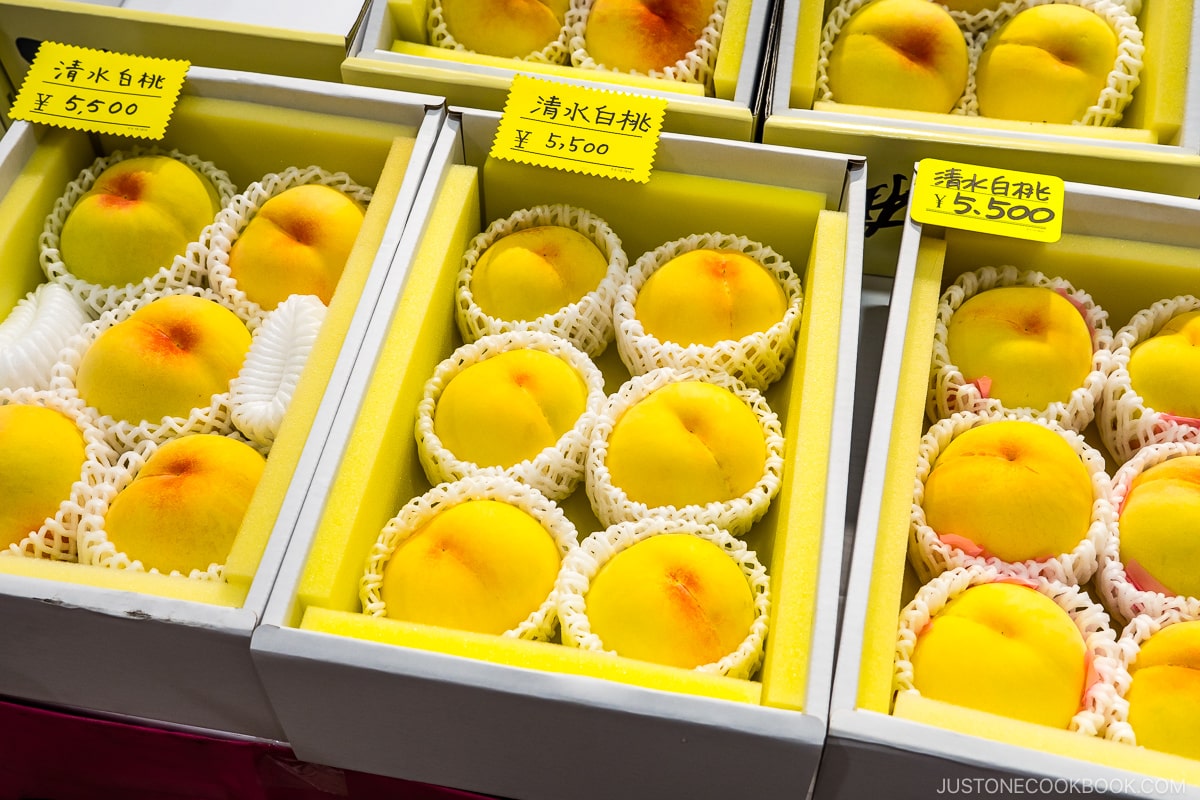
Izakaya Koiki 酒菜屋 古粋
Now, we’re on our favorite topic: food. One thing that we highly recommend is to try out local izakaya (Japanese version of tapas bar) for sampling interesting regional ingredients and cooking preparation.
After a bit of searching, we had dinner at Izakaya Koiki. The food was incredible and we savored regional dishes like hamo fish tempura, smoked mackerel, corn and gobo kakiage (mixed vegetable tempura), and octopus and gobo mixed rice. Many izakaya also feature local sake and shochu, so be sure to ask for recommendations.
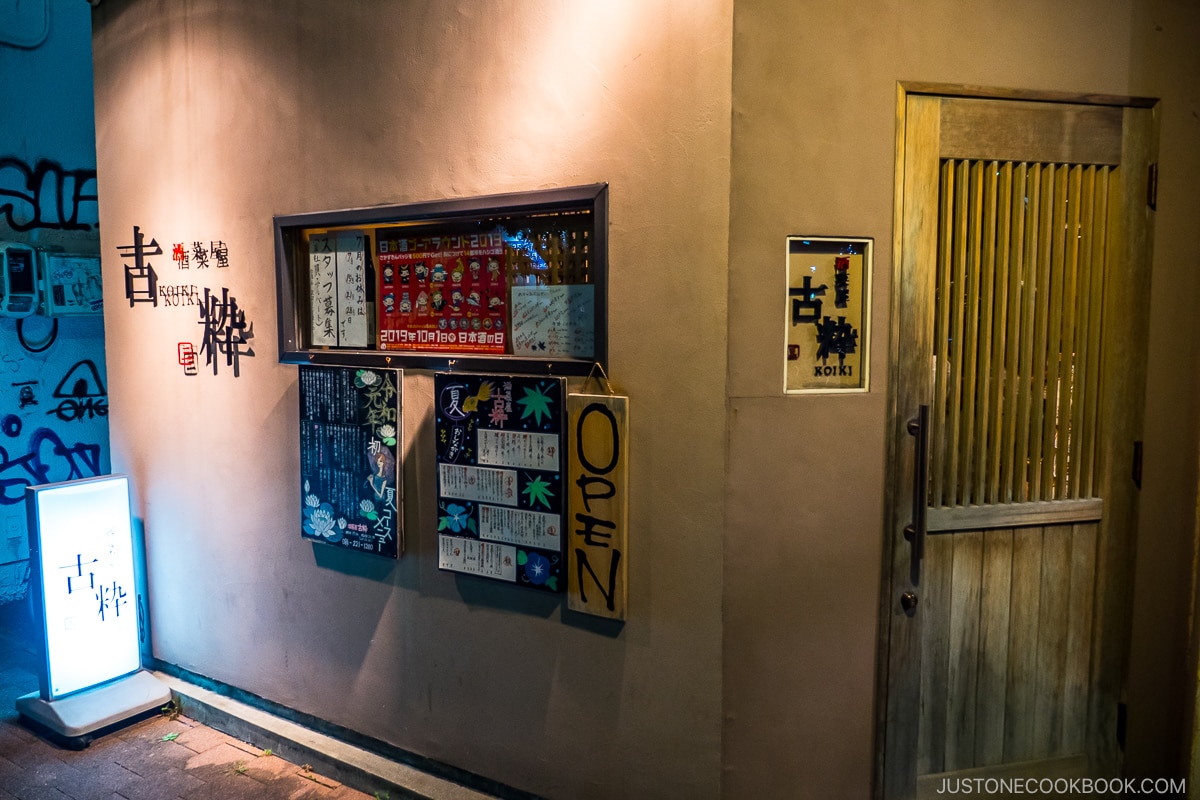
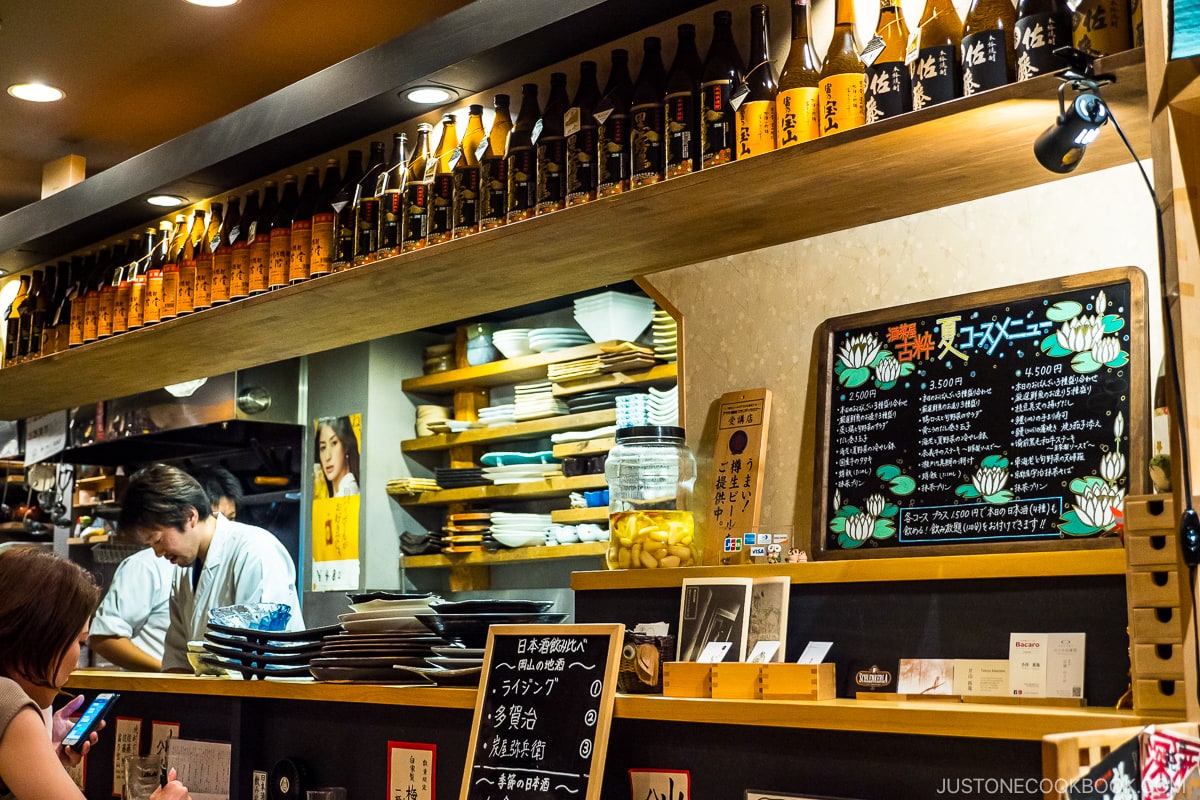
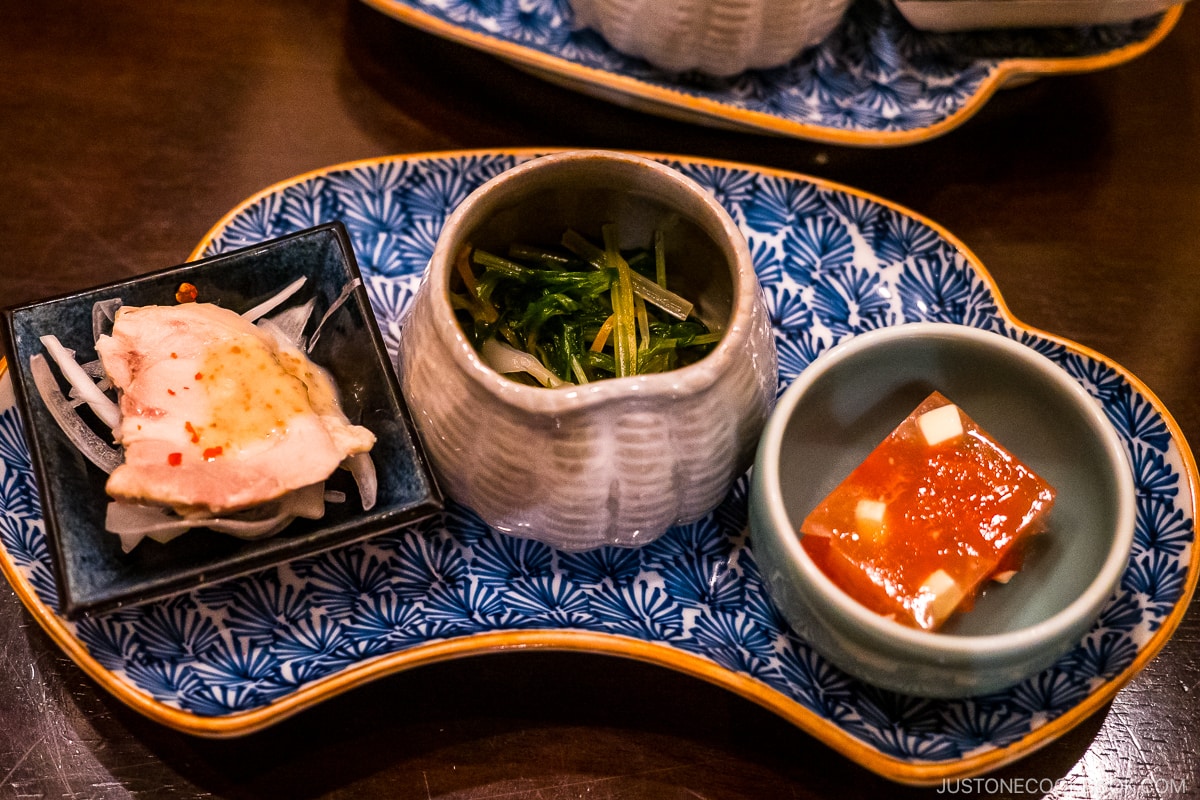
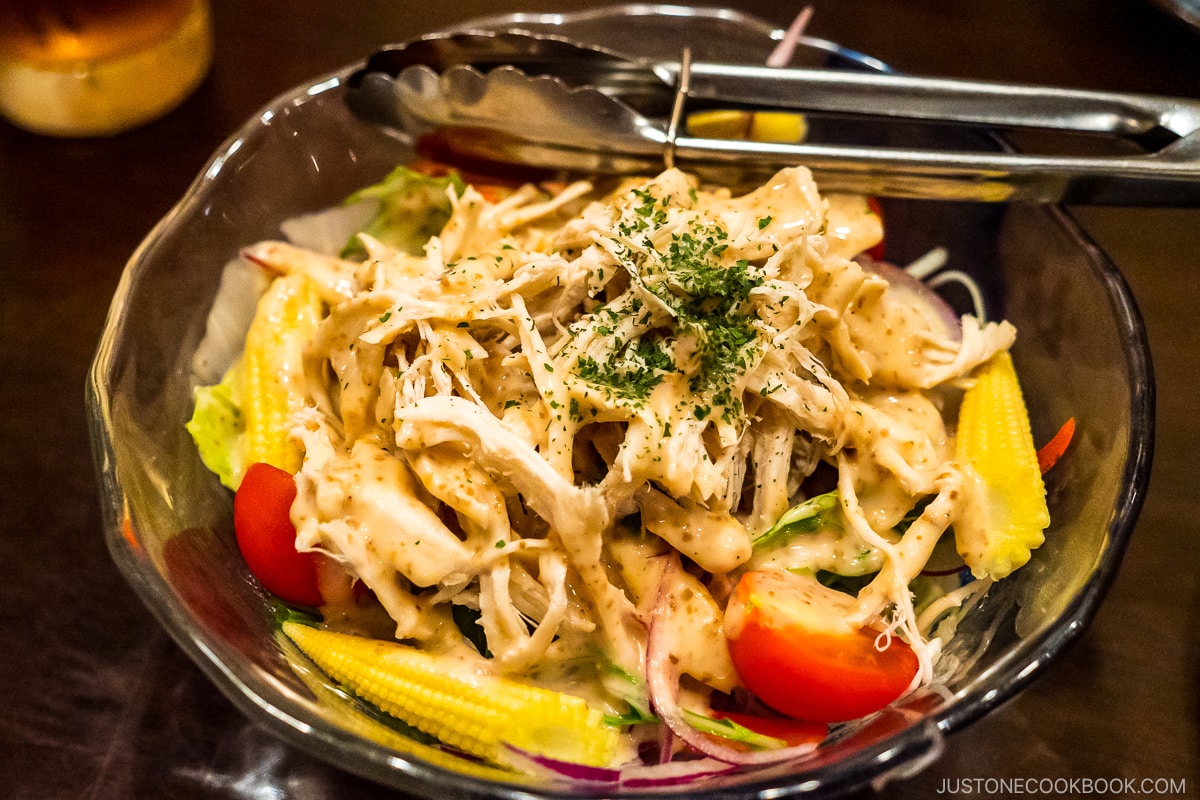
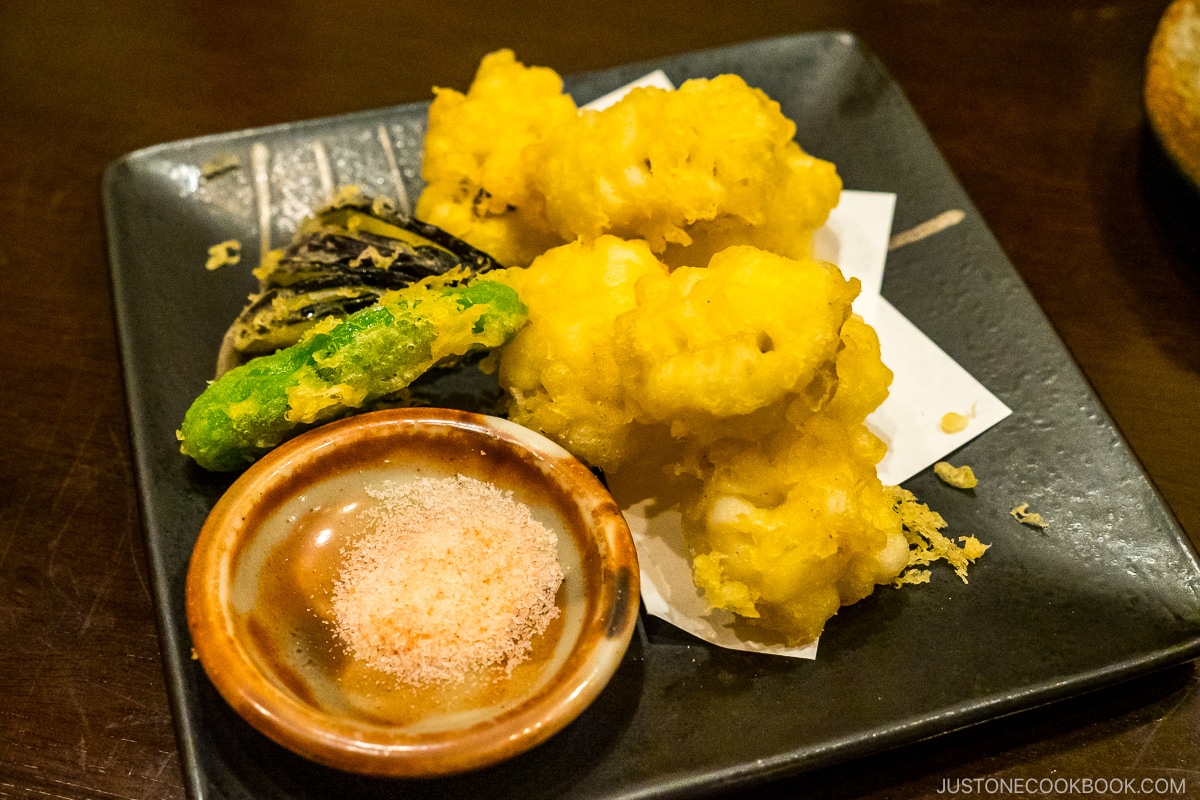
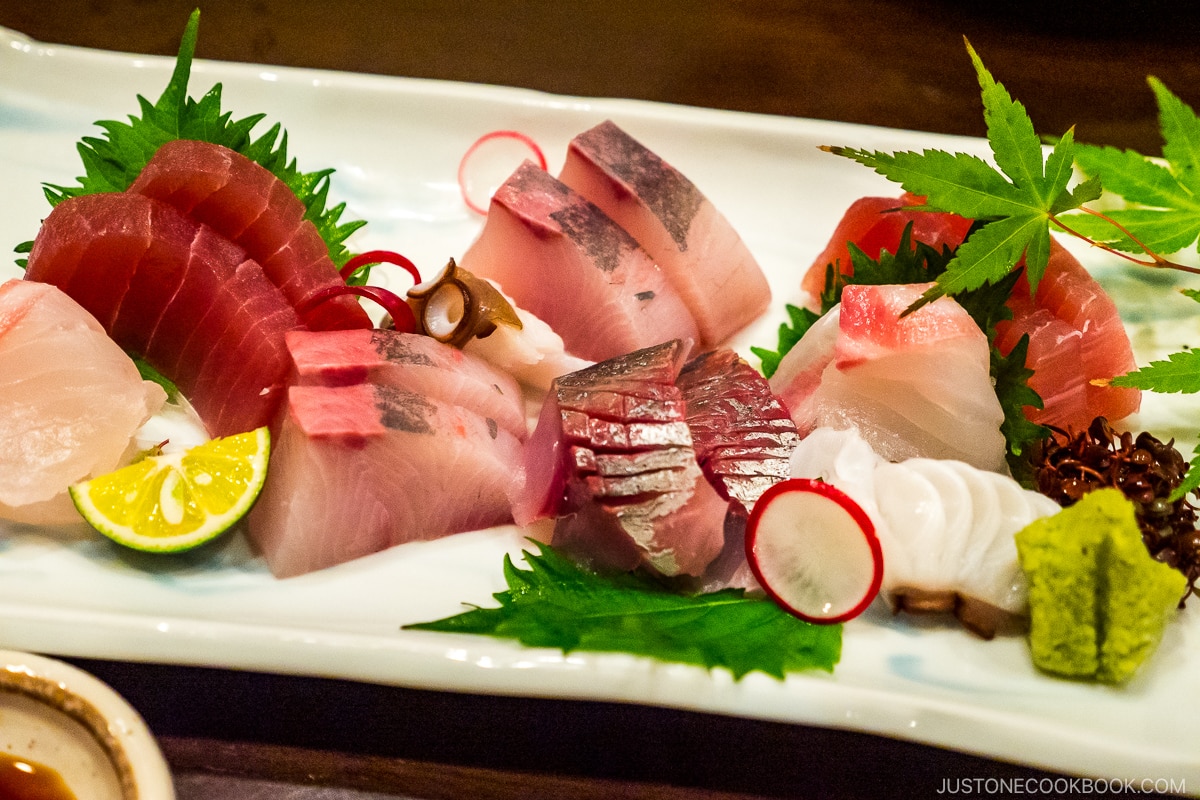
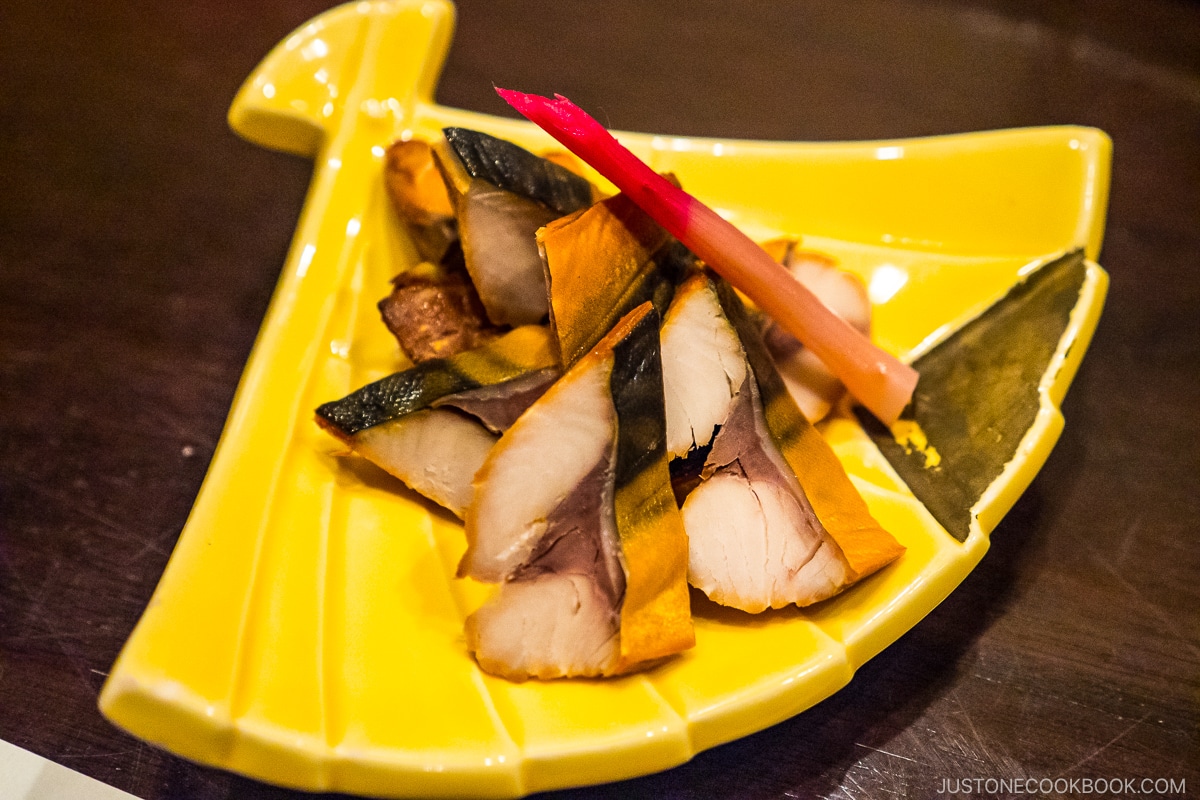
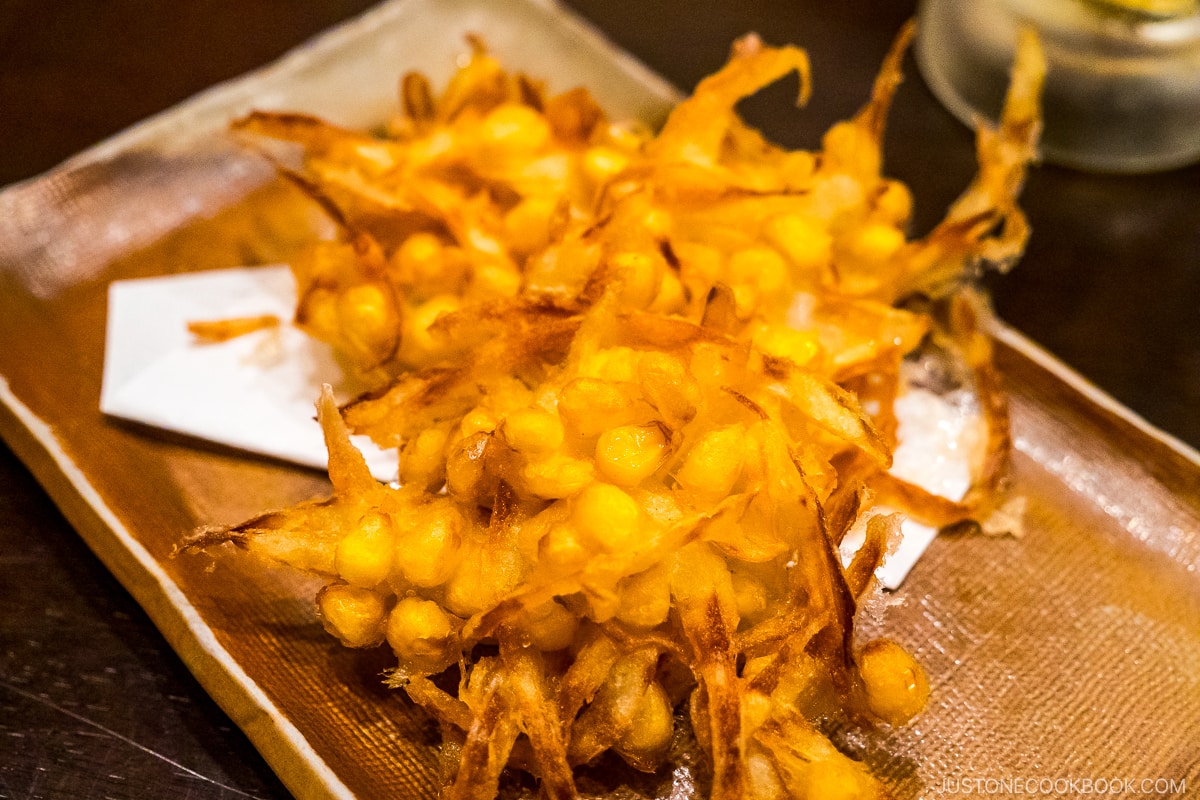
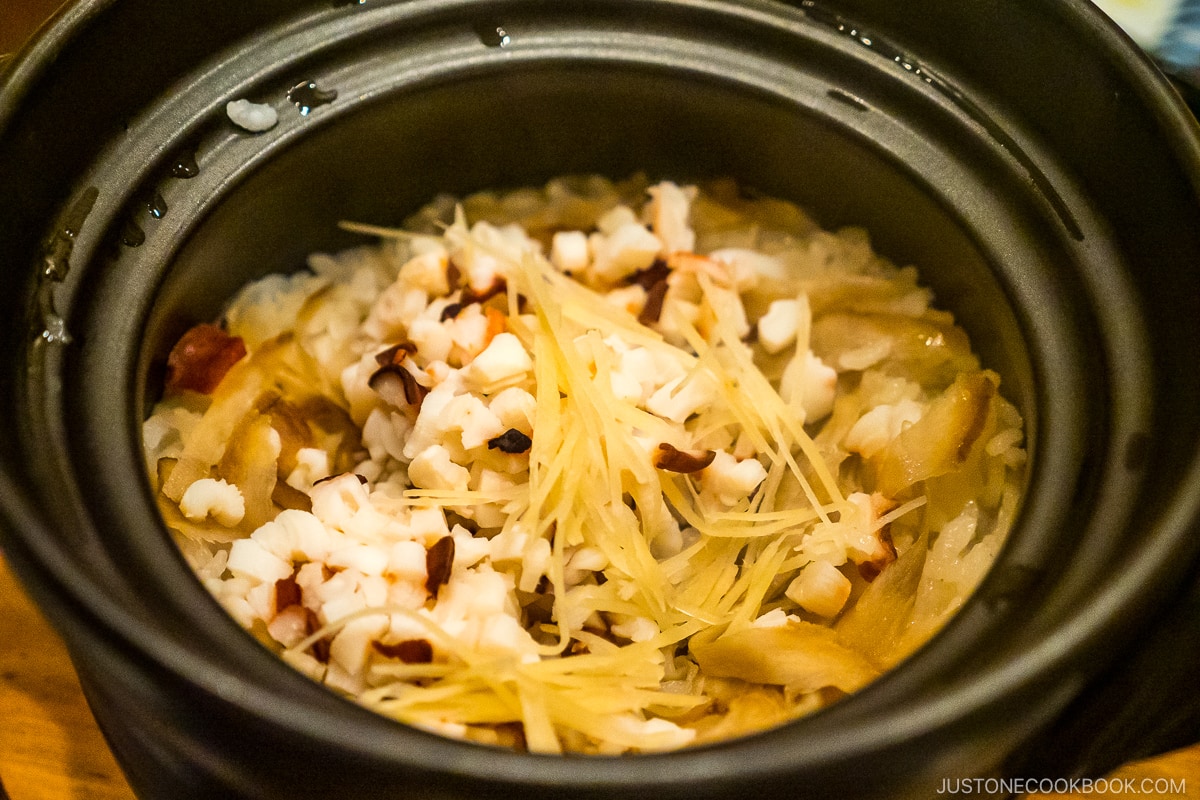
Mori – Okayama Okonomiyaki
Another amazing meal we had was at Mori, a small but popular shop specializing in Okayama-style Okonomiyaki (Japanese savory pancakes). They offer various styles of okonomiyaki and we ordered a few to sample, including the standard pork belly and the local specialty oyster okonomiyaki (kakioko). We also tried shiso okonomiyaki with mochi, which was surprisingly light and tasty. The shiso adds a lovely fragrance and refreshing herby note to the pancake. We enjoyed it so much that we ended up ordering two!
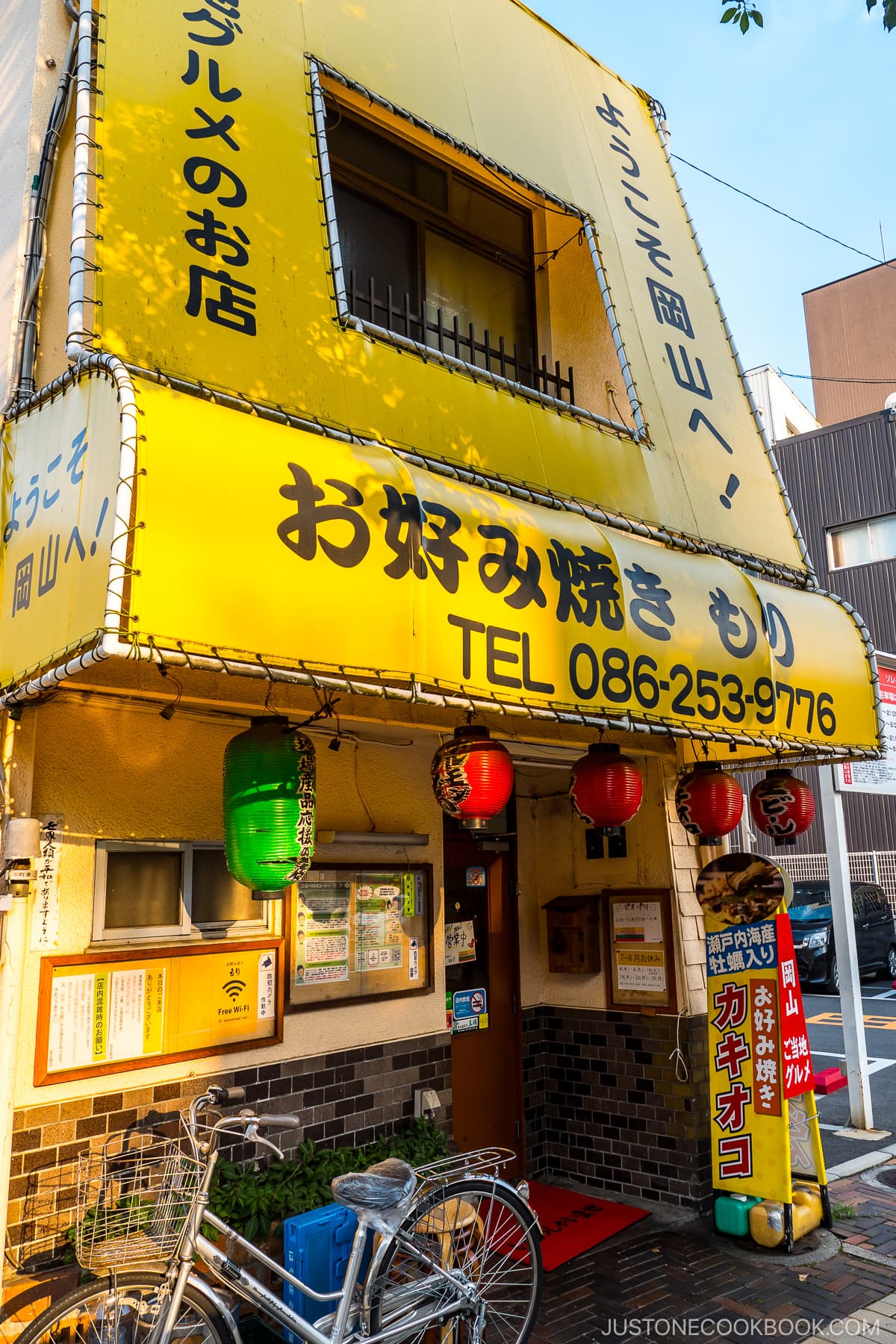
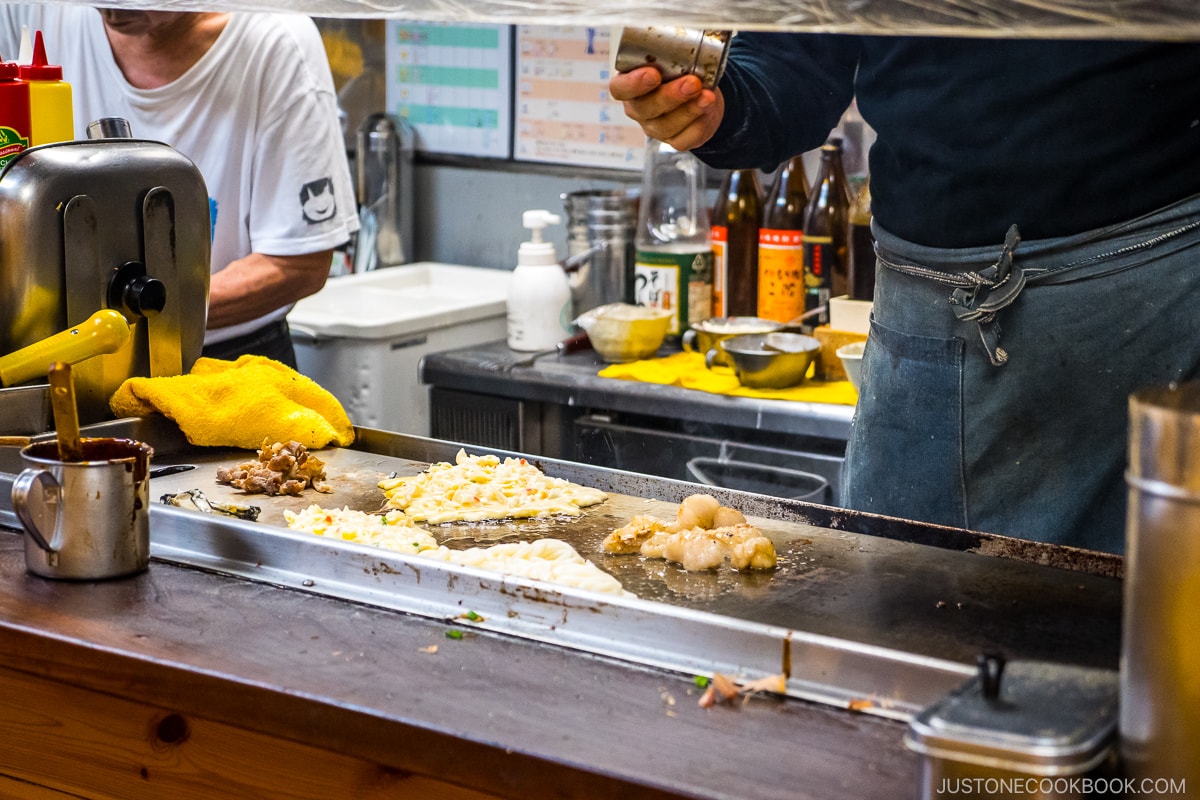
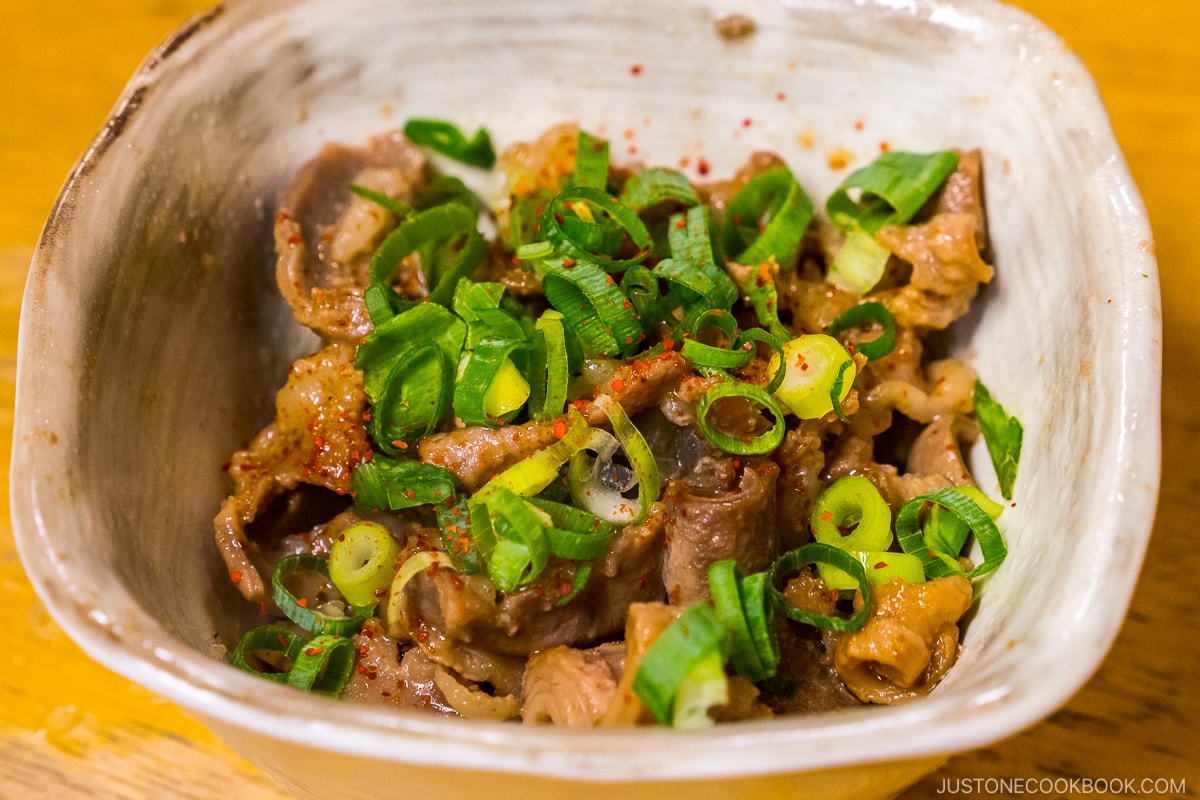
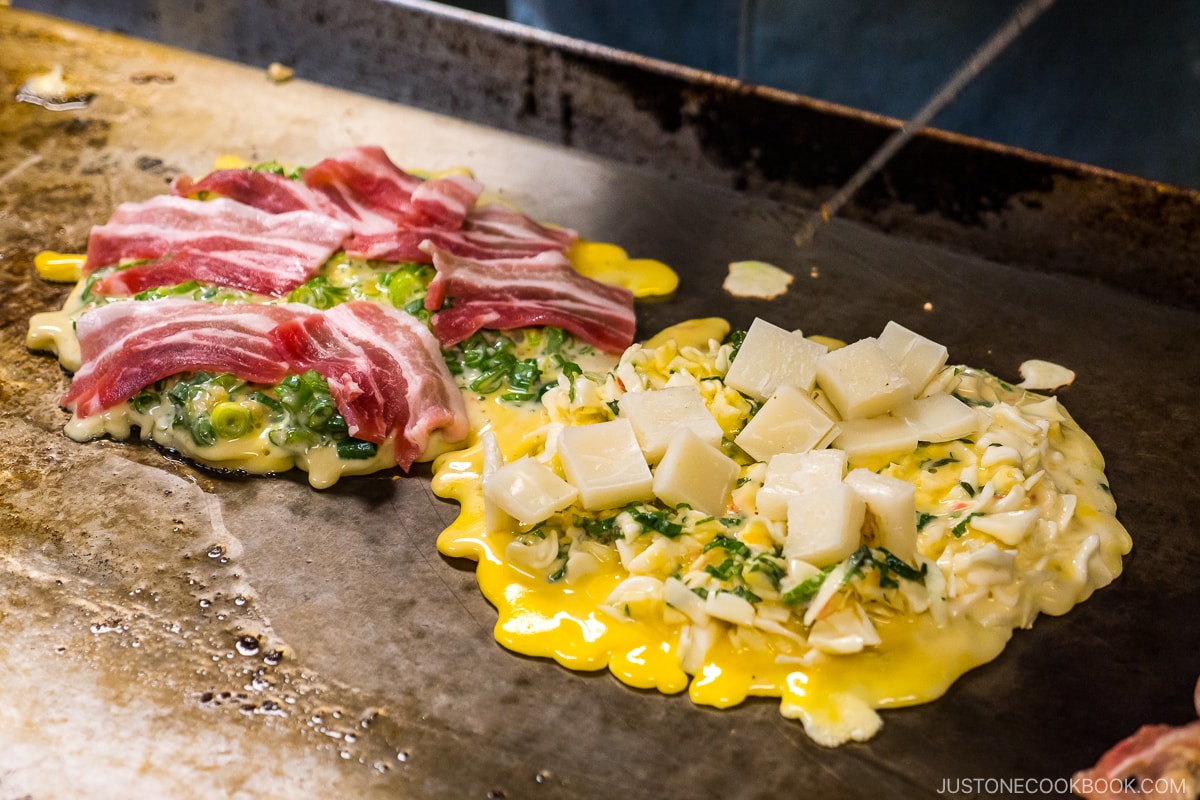
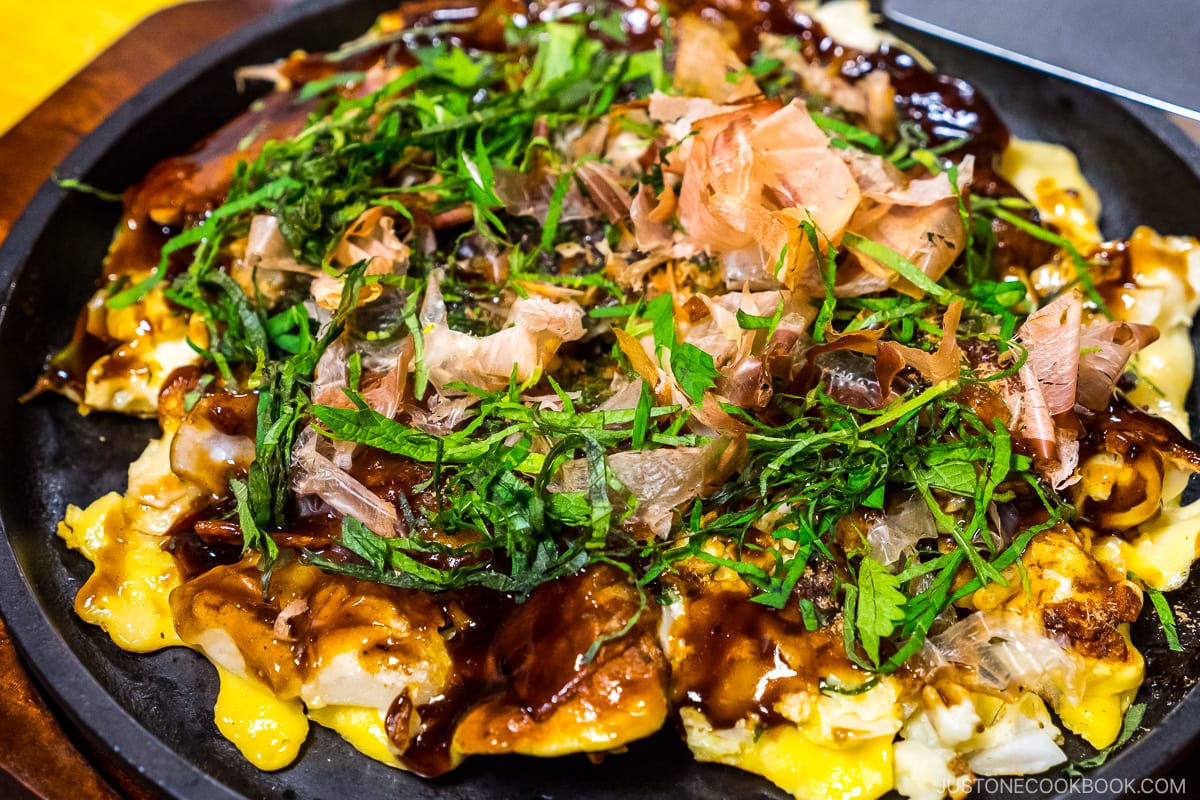
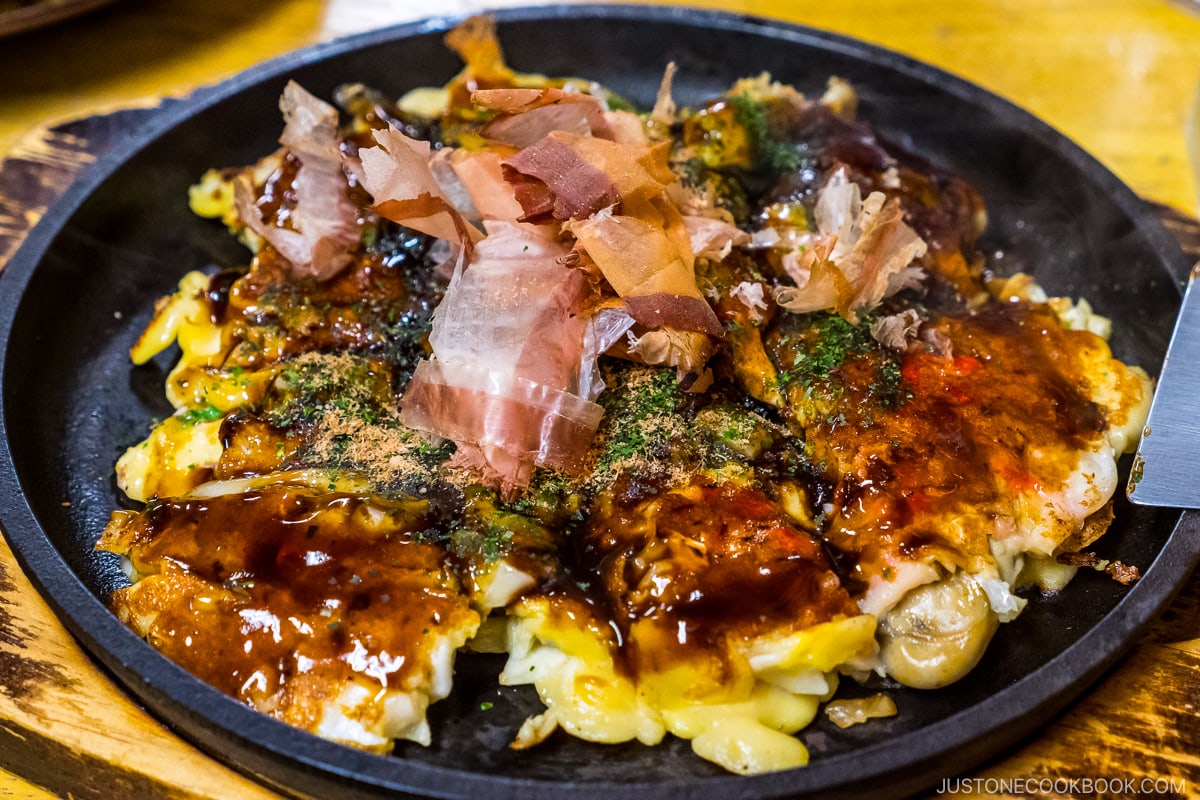
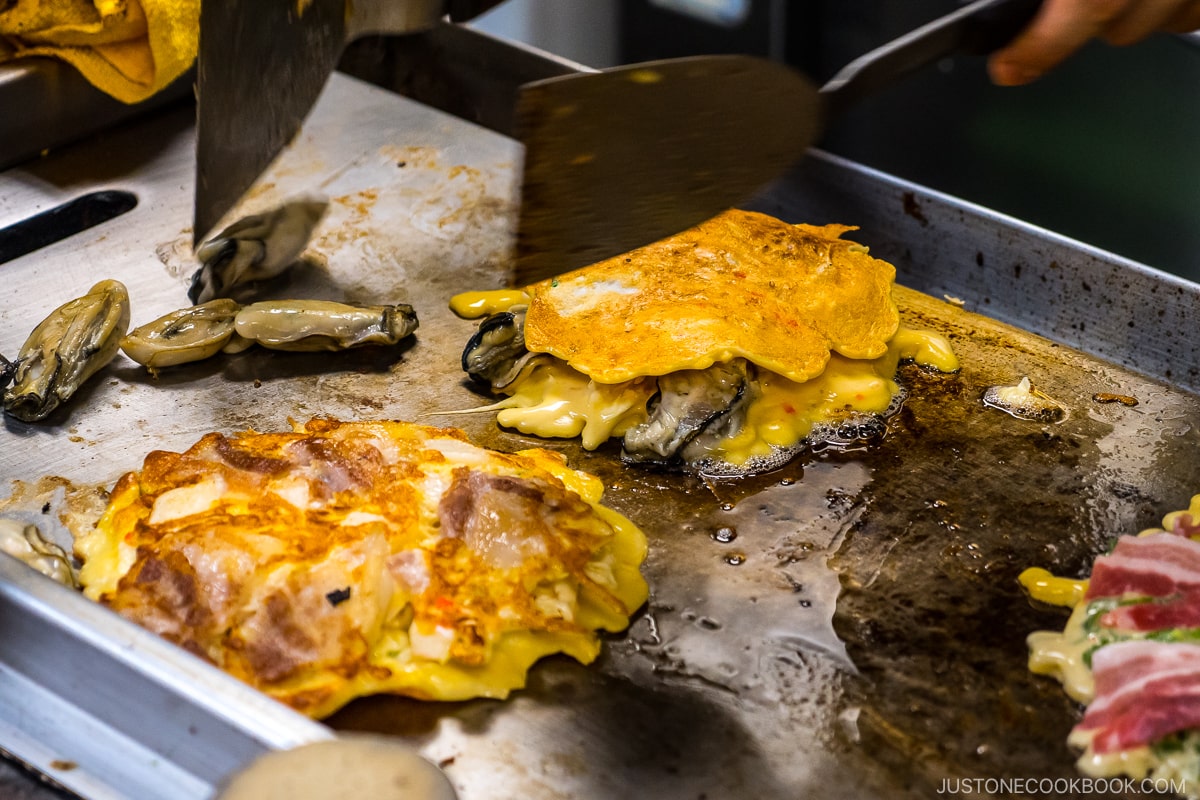
Okayama offers a delightful blend of history, natural beauty, and culinary delights. Our family had a great time visiting and it certainly worth a quick stop when exploring western Japan. If you are using a JR Pass (Japan Rail Pass), you can make a quick stop after visiting Himeji Castle and on the way to Hiroshima. We’ll share our visit to the classic Kurashiki and Bizen pottery towns nearby next.
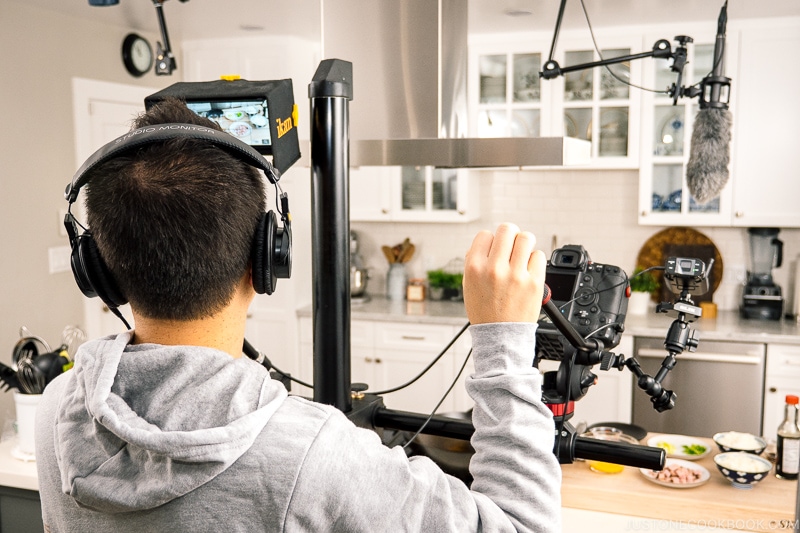









It will be good to indicate the year of visit in the travel posts, so that we can assess whether the information are still up-to-date. For instance, there may be drastic changes before and after covid.
Hi Eelyn,
We visited prior to Covid but Japan’s visitor number is already back to pre-Covid levels with almost 2 mil per month. We only share the content after verifying the locations are still open and hasn’t changed.
So I had to come back here because this morning I met a nice old lady from Okayama! When she said Okayama I told her omg I was just reading an article last night about Okayama and she laughed. We talked for a little bit and she mentioned some places I should visit in Japan. She has the same name as one of my aunts and when she said bye to me she called me mari-chan I thought it was so cute! 😊 Anyway it’s a sign… I have to go to Japan!!
Hi Mari-chan, thank so much for reading the post. Tottori is on the opposite side so about 3 hrs by car or train so not too far.
We highly recommend visiting Japan and there are more airlines that fly there now (from the US). Let us know if you have any questions before you go.
Okayama is another place I’d like to visit. On map it doesn’t look too far from Tottori(my dad is from there) but I’m not sure. The only thing I knew about Okayama was Kurashiki but now I know a little bit more thanks to this article! That garden looks beautiful and of course the food always looking yummy.
My husband and I just spent 12 days in Okayama this April. We enjoyed our time there immensely, including the sites you mentioned in your post. Some other cool and easy side trips from Okayama include Kurashiki (16 min away by train), which has a wonderful historical district and interesting museums; and Kibitsu Jinja (also just a short train ride), a Shinto shrine complex that is thought to have inspired Momotaro; and the art islands of Naoshima and Teshima. Locals whom we met were always amazed that we chose Okayama to spend time in, but it was such a convenient location and a nice-sized city itself.
Hi Sharon, thank you so much for sharing your Okayama experiences with JOC readers. Hope it’ll encourage more people to visit the area.
Hi JOC
I have always enjoyed reading your newsletter. Well done. I have learned a lot not only some recipies but the places to go and see in Japan. Keep it going.
we will be going to Japan this Oct 2023 a tour from Osaka to Kyoto. looking forward to it. Kind regards Tonietta from Sydney, Australia
Hi Tonietta, thank you for your kind words and let us know if you have any questions for your visit. The weather is great during that time and you will have a blast!
Awww I studied in Okayama for a year in 2012/13 and it feels like my very far away home (I’m from Germany), last time I visited was in 2017.. I miss okayama!!
Hi Linda! So happy to hear you consider Okayama your second home. We wished we had more time during our visit as well.
I visited Okayama for the first time 20 years ago. It’s surreal to see some of the same locations nearly unchanged in the photos here as they are in the ones I took back then.
Hi Curtis,
Most Japanese cities besides the large ones do not change too much. We do appreciate how well kept most places are and make them wonderful for visitors.